BRIGHT MOMENTS ARTISTS
-

ANNA LUCIA
As an artist and engineer, Anna Lucia feels most comfortable in this space where logic and creativity collide. Generative art allows her to solve complex problems with artistic purpose. She writes algorithms to generate aesthetically daring artworks, combining bold, almost jarring, color pallets with logical abstraction.
-

ZANCAN
A former oil painter, programmer since childhood, zancan has made his mark in NFT art through a figurative-generative style inspired by the natural world. Thanks to Javascript code, visual symbolism and a somewhat obsessive appreciation of green color, his dense digital images or physical drawings made with pen-plotters address social and environmental issues and remind us of the timeless bond between man and nature.
-

JEFF DAVIS
An art professor for twenty years, Jeff Davis is a generative artist and now Chief Creative Officer at Art Blocks. Always fascinated with mathematics and introduced to studio art in college, he was captivated with the overlap between these two disciplines.
Jeff has created a collection for every Bright Moments city. Portal in LA. Reflection in New York. Inflection in Berlin. Formation in London. Transcendence in Mexico City. LED in Tokyo. Cuadro in Buenos Aires -

NICOLAS SASSOON
Nicolas Sassoon is a Franco-Canadian artist using early computer graphics to create a wide array of pixelated forms, figures, moiré patterns & architectural studies.
-

SAEKO EHARA
Saeko Ehara is a Kirakira (sparkling) artist and VJ based in Tokyo. Her inspiration comes from memories and joys of her childhood. Through her works, she would love to make the world full of Kirakira and joy. In 2023, she works for ‘Unfold, NYC EXHIBITION 2023 curated by Laurence Fuller (US)’, ‘Dalbin Table exhibition curated by Braw Haus (FR)’, ‘Project 22 at The Opus by Zaha Hadid (AE)’ and many more things are coming.
-
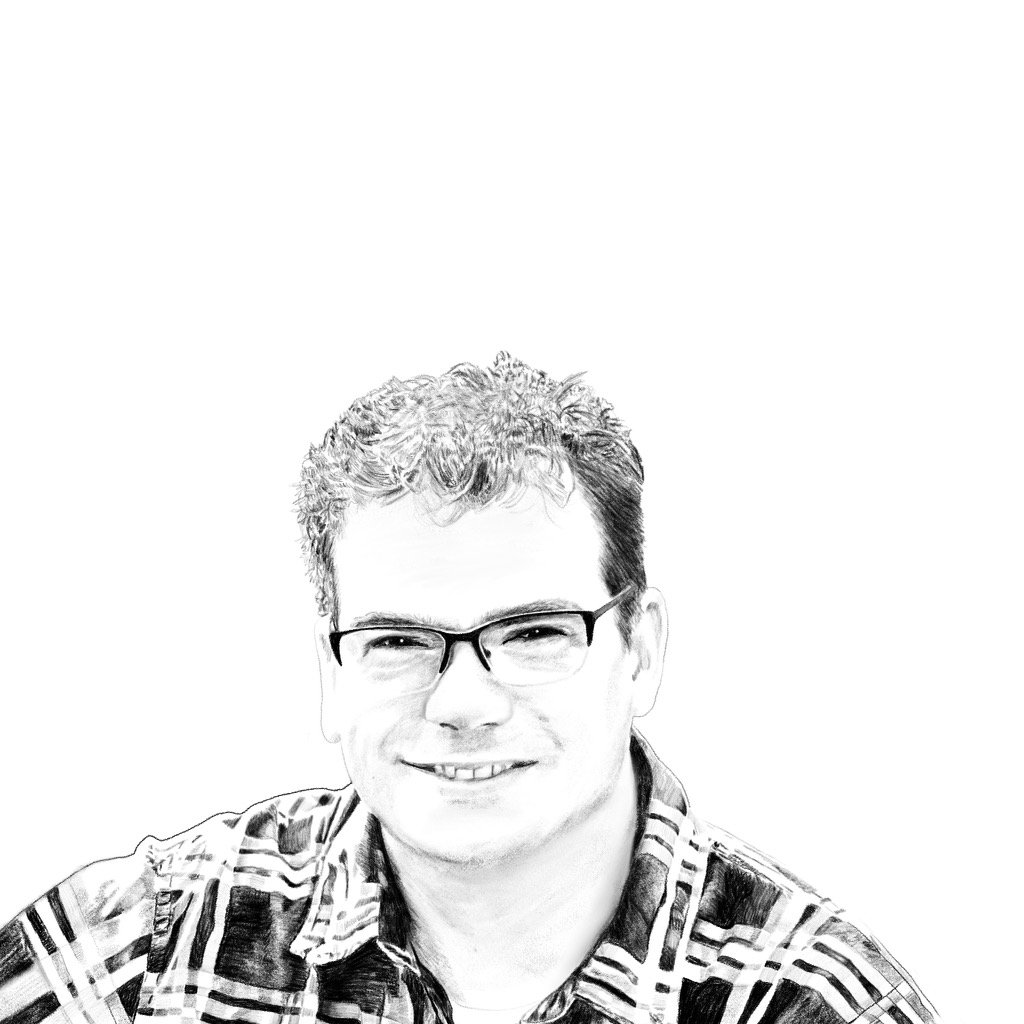
LOREN BEDNAR
Loren Bednar has been producing generative artwork since 2006, recently exploring colorful patterns in motion. Loren values experimentation and technical performance, applying his curiosity to finding art within algorithms. Bednar has exhibited at “The Digital Roots” - LUME Studios, New York City; “Refraction Festival” - ZeroSpace, New York City; “Immutable” - Vellum, Los Angeles; “The Berlin Collection” - Bright Moments, Berlin; “Unblock Gaudi: Digital Art via Blockchain” - Museum Angewandte Kunst, Frankfurt; “Art Blocks x Samsung” - Samsung 873, New York City, and is an Art Blocks Curated Artist.
-

SHUNSUKE TAKAWO
Shunsuke Takawo is a creative coder and educator living in Japan. He holds a Master's degree in Media Arts from IAMAS. He advocates Daily Coding as an activity to connect code to daily life and personal history and continues to practice it today, as he has since 2015.
-

MATT DESLAURIERS
Matt Deslauriers is a generative artist and creative coder from Toronto, Canada, and now based in London, UK.”
-

JULIAN HESPENHEIDE
Julian-Anthony Hespenheide is a german designer in the fields of Interaction Design. In his work, he creates compelling complex installations to tell peculiar stories about the digital and opens a discussion space in the analog sphere. His work emphasizes on converging the digital with design, art, science and technology to create novel concepts and a better understanding of the future. He is holding a M.A in Digital Media from the University of the Arts Bremen (HFK), Germany.
-

LINDA DOUNIA
Linda Dounia is an artist and designer who investigates the philosophical implications of technocapitalism and its role in furthering systems of inequity. Her work mediates her memories as evidence of excluded ways of being and doing. It is formed through the dialogue between analogue and digital mediums. In 2023, Linda was recognized on the TIME's list of the 100 most influential people in AI. Her work has been exhibited at Christie’s, the MoMa, Larsen Warner Gallery, Unit London, Art X Lagos, Partcours, Art Basel, The Dakar Biennale, Artsy, Digital Art Fair Asia, and Art Dubai.
-
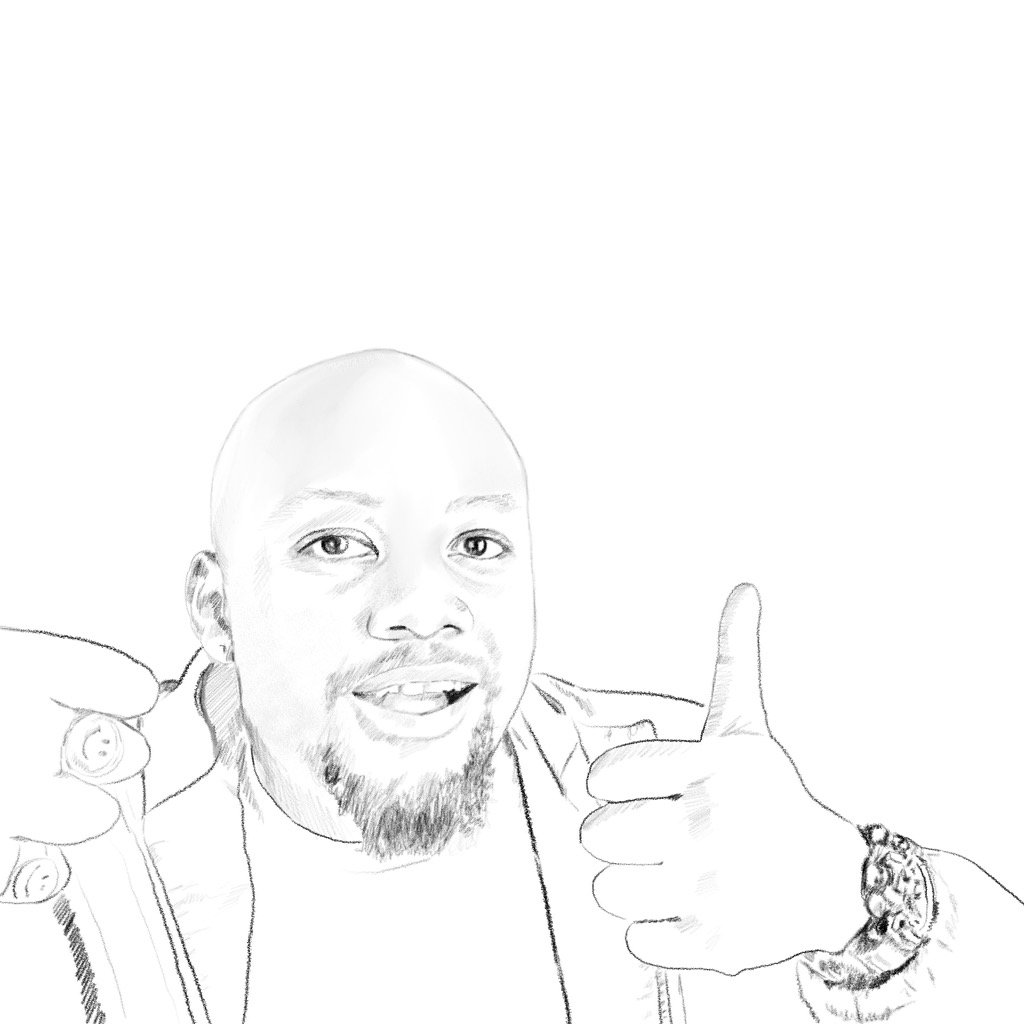
FINGACODE
Erratic keyboard tapping & mouse clicking. Fingacode was Bright Moments very first Artist in Residence, in July of 2022 he created translucent panes.
-

WILLIAM MAPAN
Based in Paris, artist William Mapan serves as a pioneer in the digital art space. With a background in software development, Mapan combines his computer science background with his passion for pigment, light, and textures, evident in his three-dimensional works of art. Mapan’s most notable works include his series Dragons (2021) and Anticyclone (2022) Often alternating between various mediums, Mapan relies on creativity, chance, and the exact shades of lightness within his work. And notably, he codes, creates, and teaches in Paris.
-

ALIDA SUN
Alida Sun is an artist and intersectional futurist based in Berlin. For over 800 days and counting she has created and published a new generative artwork. Sun is the first artist in history to integrate generative art, large scale installation, blockchain technology and live performance. Her current studio practice focuses on assemblage, fluid dynamics, time crystals and experimental humanities.
-

MONICA RIZZOLLI
Monica Rizzolli released in 2021 two series of NFTs: “Tropical Garden” (multiple marketplaces) and the generative “Fragments of an Infinite Field” through Art Blocks. Born in São Carlos, Rizzolli attended the IA-UNESP (Fine Arts, São Paulo, Brazil) and the Kunsthochschule Kassel (Drawing, Kassel, Germany). She lives and works in Monte Bruel, Portugal. Awards include MAK Schindler Scholarship (MAK Vienna) and Sweet Home (Hablarenarte, Madrid).
-

BART SIMONS
Bart Simons is a Rotterdam, Netherlands-based generative artist and digital designer. He started using code to create art in 2019 and has since released (long-form) works on websites including Art Blocks, Fxhash, and Foundation.
-

SPUTNIKO
Sputniko is a multi-media artist and filmmaker creating works on the themes of technology, gender and feminism. Her work has been exhibited at the MoMA, Centre-Pompidou Metz, V&A, the Cooper Hewitt, Mori Art Museum, and she was awarded Vogue Japan Woman of the Year in 2013. Sputniko taught at the MIT Media Lab as an Assistant Professor and was the director of the Design Fiction Group from 2013 to 2017. She is currently an Associate Professor at the Tokyo University of Arts. Hiro has also been selected as a TED Fellow and gave her TED Fellow talkin TED 2019.
-

P1XELFOOL
p1xelfool is a Brazilian artist researching and exploring aesthetic experiences, perception of time, consciousness through computational art. The artist explores conversations between machines and humans and raises questions about the limits of organic and synthetic entities.
-

PINDAR VAN ARMAN
Pindar Van Arman first began with machines fifteen years ago, they were only capable of simple tasks, like connecting dots and painting by numbers. “My most recent robots, however, use deep learning neural networks, artificial intelligence, feedback loops and computational creativity to make a surprising amount of independent aesthetic decisions. My machines have grown beyond being simple assistants and are now effectively augmenting my own creativity, as well as having creativity of their own.”
-

-

JOHN PROVENCHER
John Provencher is an independent designer, generative artist, educator and programmer working in Brooklyn, NY.
-

LUKE SHANNON
Luke Shannon “I make generative art, where hyper-specific and syntactical code delineates an infinite space, and the chaos of chance fills it. You, the viewer, provide this chance. My work then exists by your viewing act, is unique to your viewing act, and never exists again. Any individual output shown in this portfolio is a single angle on a piece of infinity we can never wholly see. For me, shaping such a space is the most complete way to describe the things I feel and see, because it seeks multiplicity and universality rather than individual manifestation.”
LIGHTBREAK was also minted in Paris as part of the Paris Collection in February 2024.
-

AMBUSH
Verbal (born August 21, 1975) is a Japanese rapper, music video director and record producer who debuted in 1998 as a member of the hip hop group M-Flo. He is a third generation Zainichi Korean and a notable representative of Zainichi Korean music in Japan.
-

ANA MARÍA CABALLERO
Ana María Caballero is a Colombian-American literary artist whose work explores how biology delimits societal and cultural rites, ripping the veil off romanticized motherhood and questioning notions that package sacrifice as a virtue. She's the recipient of the Beverly International Prize, Colombia’s José Manuel Arango National Poetry Prize, the Steel Toe Books Poetry Prize, a Future Arts Writer Award, a Sevens Foundation Grant and has been a finalist for numerous other literary prizes, including the prestigious Kurt Brown, Vassar Miller and Academy of American Poets Prizes.
-

DANIEL CALDERON-AREÑAS
DCA “I'm a generative artist and educator and all around creative dude. I use computers to make art that is iterative and generative, and have been doing so since 2017.”
-

MPKOZ
Michael Kozlowski is an American media artist and software developer. His primary interests are real-time graphics, mixed reality, and interactivity. As immersive technology becomes more prevalent, traditional two-dimensional video will concede its monopoly on our experience of digital media. Michael is interested in this middle ground—the awkward but often beautiful transition of media as it crosses from two to three dimensions.
PARNASSUS was his first Bright Moments project, minted IRL in Berlin.
-

EMILY XIE
Emily Xie is a generative artist & engineer living in NYC. She writes algorithms to create lifelike textures, patterns, and forms which are often encoded with elements of her own culture and femininity.
-

GABRIEL MASSAN
Gabriel Massan is a multidisciplinary digital artist from Brazil. Combining storytelling and world-building techniques, Massan creates digital worlds and sculptures that alternatively simulate and narrate situations of inequality within the Black-Indigenous Latin American experience.
-

AURÈCE VETTIER
aurèce vettier is an award-winning art project founded in 2019 by Paul Mouginot, embodying a collaborative and hybrid ethos through an algorithmically generated alias. The practice seamlessly navigates between physical and virtual spaces, utilizing AI algorithms to explore new forms that manifest as tangible objects, incorporating various crafts such as oil painting, bronze sculptures or tapestries. Rooted in poetry, the work involves a symbiotic relationship between the artist and algorithms, exemplified in the publication of "Elegia Machina", a poetry book written in collaboration with Markov chains. Exhibited globally, including at Asia Now and Art Paris, aurèce vettier's work, recognized for its early exploration of AI in physical art and poetry, collaborated with Vera Molnár in 2023 and has garnered significant media attention from outlets such as The Art Newspaper Daily, RightClickSave or EXPANDED.ART.
-

IVONA TAU
Ivona Tau Ph.D. is a generative AI artist & AI researcher from Vilnius, Lithuania, who combines code, deep neural networks, and personal memories embedded in photography. Her goal is to find and evoke emotions through artificially intelligent tools. Tau’s work has been exhibited widely, including The House of Fine Art, Art Basel Miami Beach, SCOPE, CAFA, Frieze LA, Art Week Shenzhen, Vellum LA, Bright Moments Berlin, and Sotheby’s New York.
-

NAT SARKISSIAN
Nat Sarkissian is a San Diego based creative coder and generative artist.
-

MARCELO SORIA-RODRÍGUEZ
Marcelo Soria-Rodríguez is an artist and strategist, researching the relationships that span any combination of humans and machines, the spaces for reflection therein and the role of emotions. Failed part-time musician. Interested in architecture, neuroscience and education among other things. He describes his work as “a dialogue between thought and emotion, a channel to reflect on life, a broken message, a fluid stream of nonsense+paused thought pairings.”
-
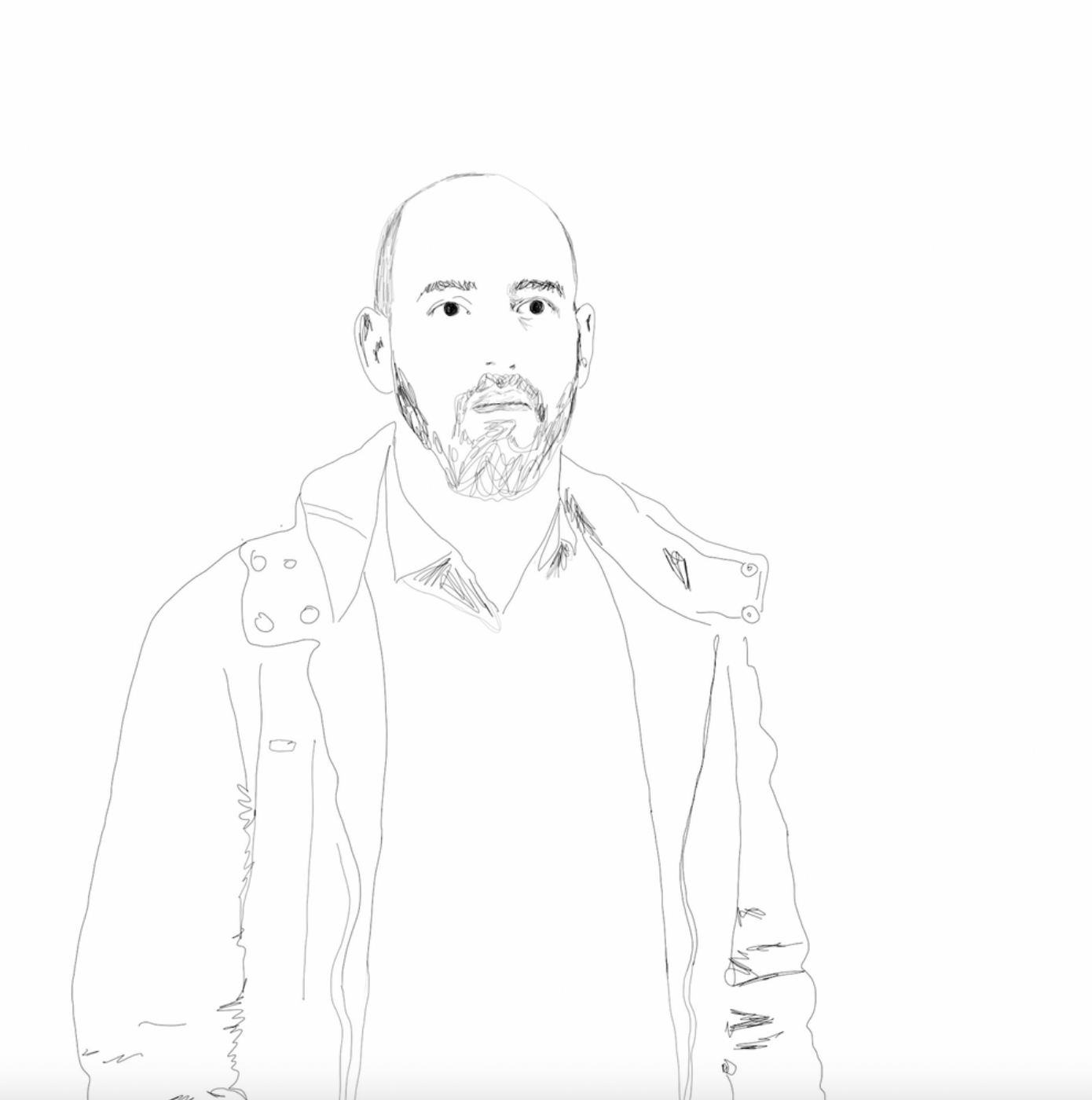
GUIDO CORALLO
Guido Corallo (Buenos Aires, Argentina) is an artist and programmer. He studied biology at Universidad de Buenos Aires and for the last fifteen years he has specialized in computer graphics and generative systems. His work focuses on topics such as generativity, complexity, analog/digital combination and neural networks. He currently teaches courses and training in programming applied to artistic practice, design and digital image creation in general.
-

AARON PENNE
Aaron Penne is a renowned artist and engineer making generative artwork with code since 2018. His work has been sold at Sotheby’s and Christie’s, and he has shown internationally at galleries and museums such as ZKM Center for Art and Media Karlsruhe Museum, Seattle NFT Museum, and Bright Moments Gallery amongst others. Penne is currently the Director of Engineering at Art Blocks, aiming to help build the future of generative art as a medium.
In 2022, Aaron Penne and his musical collaborator Boreta received the inaugural NFT Award for the Lumen Prize for Art and Technology for ‘Rituals’.
Passages was the next phase of Rituals-Venice, the Lumen Prize NFT Award-winning project minted in Venice Beach in 2023. -

SOFIA CRESPO
Sofia Crespo is an artist working on envisioning Artificial Life and generative lifeforms as a digital art practice. One of her main focal points is the way organic life uses artificial mechanisms to simulate itself and evolve. This implies the idea that technologies are a biased product of the organic life that created them and not a completely separated object.
-

SNOWFRO
Erick Calderon is an entrepreneur, artist, and technology enthusiast born in Mexico City and residing in Houston, TX. In his early 30’s he began exploring artistic endeavors leading him to create works in many mediums including video projections, computer code, 3D printing, and sculpture. In 2020 he founded Art Blocks, a platform hosting on demand generative art on the Ethereum blockchain, and at the same time released his own artwork the Chromie Squiggle, an algorithmic edition of 10,000 as the first project on the Art Blocks platform. Erick is a tireless advocate of NFTs as a technology, concentrating on generative art itself as the medium of expression. He has dedicated himself to elevating this practice within the world of contemporary art.
-

JUAN PEDRO VALLEJO
“I am from Buenos Aires, Argentina. I have a degree in arts and I am a professor at the university. I look for systems, patterns, ways of seeing and understanding things: colors, shapes, vibrations, movement. connections. I am interested in the experience more than the meaning of things, and i named that idea "purevisibility". My first long form project was "Interferences", published in Artblocks in 2022.” - JUAN PEDRO
-

TYLER HOBBS
Tyler Hobbs is a visual artist from Austin, Texas who works primarily with algorithms, plotters, and paint. His artwork focuses on computational aesthetics, how they are shaped by the biases of modern computer hardware and software, and how they relate to and interact with the natural world around us. Tyler develops and programs custom algorithms that are used to generate visual imagery. Often, these strike a balance between the cold, hard structure that computers excel at, and the messy, organic chaos we can observe in the natural world around us.
-

STEFANO CONTIERO
Stefano Contiero is an Italian-Dominican self-taught artist born in Bassano del Grappa. Using generative art, he explores self-reflection and expression through a continuous feedback loop between his subconscious and technology. After developing his craft in solitude for many years, Stefano became known for Frammenti (Art Blocks Curated Series 3) and Rinascita (Art Blocks Playground).
-

A-MASHIRO
A-Mashiro has been creating for over 20 years, initially painting in oils and acrylics and now also working in photography.In his early years, his style was to paint according to his emotions, but gradually he began to focus more on composition and color balance.
-

HOLGER LIPPMANN
“hi, my name is holger lippmann and i began using computers and coding not long after my studies of visual art. i’ve spent most of my waking hours for the last twenty years coding, programming and creating digital and generative art.”
-

KEVIN ABOSCH
Kevin Abosch (born 1969) is an Irish conceptual artist who works across traditional mediums as well as with generative methods including machine learning and blockhain technology. Abosch's work addresses the nature of identity and value by posing ontological questions and responding to sociological dilemmas.
-
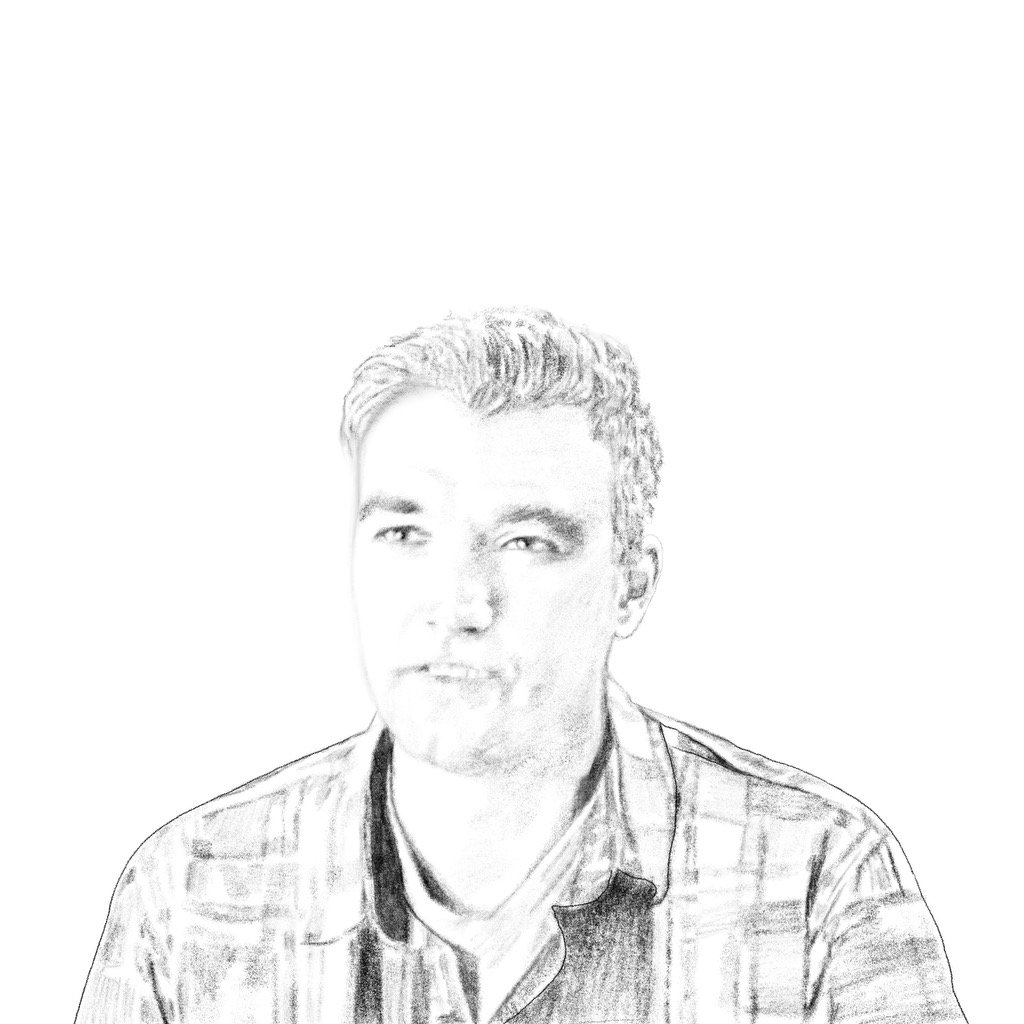
R4V3N
r4v3n (pronounced “raven”) is a Generative Artist from Boston, USA. A student of abstract expressionism and color field painting, his work explores the juxtaposition of computation with human emotion and experience.
-

MARIO CARRILLO
Mario Carrillo “I’m an independent artist and programmer using technology as a medium for creativity and visual exploration between the digital and physical space.”
-

SARAH RIDGLEY
Sarah Ridgley is an American artist based in Arkansas. Ridgley started her professional life interested in law and letterpress printing. She attained her Juris Doctor while also running a small print studio, and her love for words and the manipulation of language and meaning grew from there. In 2018, she discovered generative art and began her journey into mark-making with pixels and code. Ridgley’s work focuses on the materiality of the pixel and explores themes rooted in nature, writing, and symbology. Particularly drawn to asemic writing, she investigates semiotics and symbols removed from their usual position as meaning-conveyors, opening up space for a more personal, subjective interpretation.
-

ZACH LIEBERMAN
Zach Lieberman is an NYC based artist whose software based work explores light, color, and generative form. He helped create openframeworks, an open source C++ tool for creative coding, and the School for Poetic Computation, an experimantl artist run school exploring the lyrical possabilities of code. He is a professor at MIT Media Lab where he help run the future sketches group.
-

JASON TING
Jason Ting uses code to create abstract animated visuals that explore the interaction of form, color, and motion. His work is inspired by forces found in nature, geometric patterns, and light.
-

ZJORGE
ZJorge is an architect, urbanist, musician and visual artist has focused his work in the analysis of the algorithms present in nature and in social behaviors. In 1994, he started doing interpretations of mathematical patterns and algorithms from the computer to print media. Since 2002 he has deepened his investigation and conceptualization to focus on the formalization of his work in Generative Art.
Brise Soleil was released in September 2022 & Dolor Gravitacional was released in November 2023. -

ALEXIS ANDRÉ
Alexis André is a French artist, researcher and designer based in Tokyo working towards a future where you could enjoy unique experiences that were tailored to your taste, where the power of generative systems is leveraged to offer individually custom-created pieces. His generative art pieces have been showcased all around the world and in auction at major auction houses.
-

NGOZI
Ngozi is a software engineer and creative coder living in New York, with a lifelong love for sketching and painting. Recently, she ventured into the digital art sphere, bringing with her an expressive style known for its bold, dramatic abstraction.
-

EMI KUSANO
Emi Kusano is a multi-media artist who creates works that explore themes of technology, nostalgia, and Japanese pop culture through AI photography, installation, music, and video art. Her career began as a street photographer in Harajuku, and around 2012, as the lead singer of a Synthewave trio called Satellite Young, she was singing about modern technology dressed as a fictional 80s idol.
-
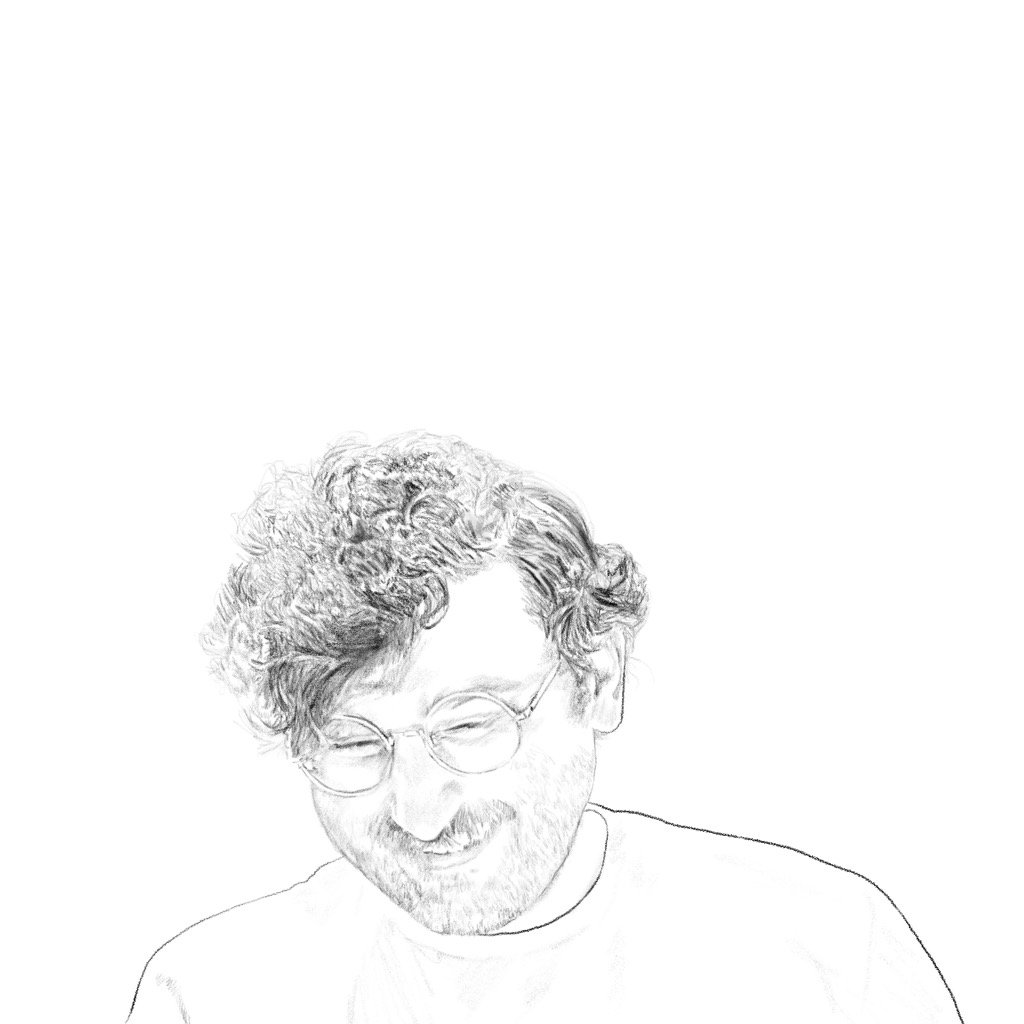
MATT JACOBSON
Matt Jacobson is a recreational mathematician, educator, and generative artist based in New York City. Working with algorithms and plotters his work focuses on mathematical aesthetics and how they can help us explore and expose the often obfuscated rules that guide the world around us.
-

PITER PASMA
Piter Pasma is a generative artist, expressing himself through experiments with code and complexity. Inspired by randomness as an inspirational and creative force. Among the space of algorithms are buried gems in carefully tuned black boxes, concrete trap doors leading to unexpected dungeon forests, only seen when you open them a thousand times, sideways.
-
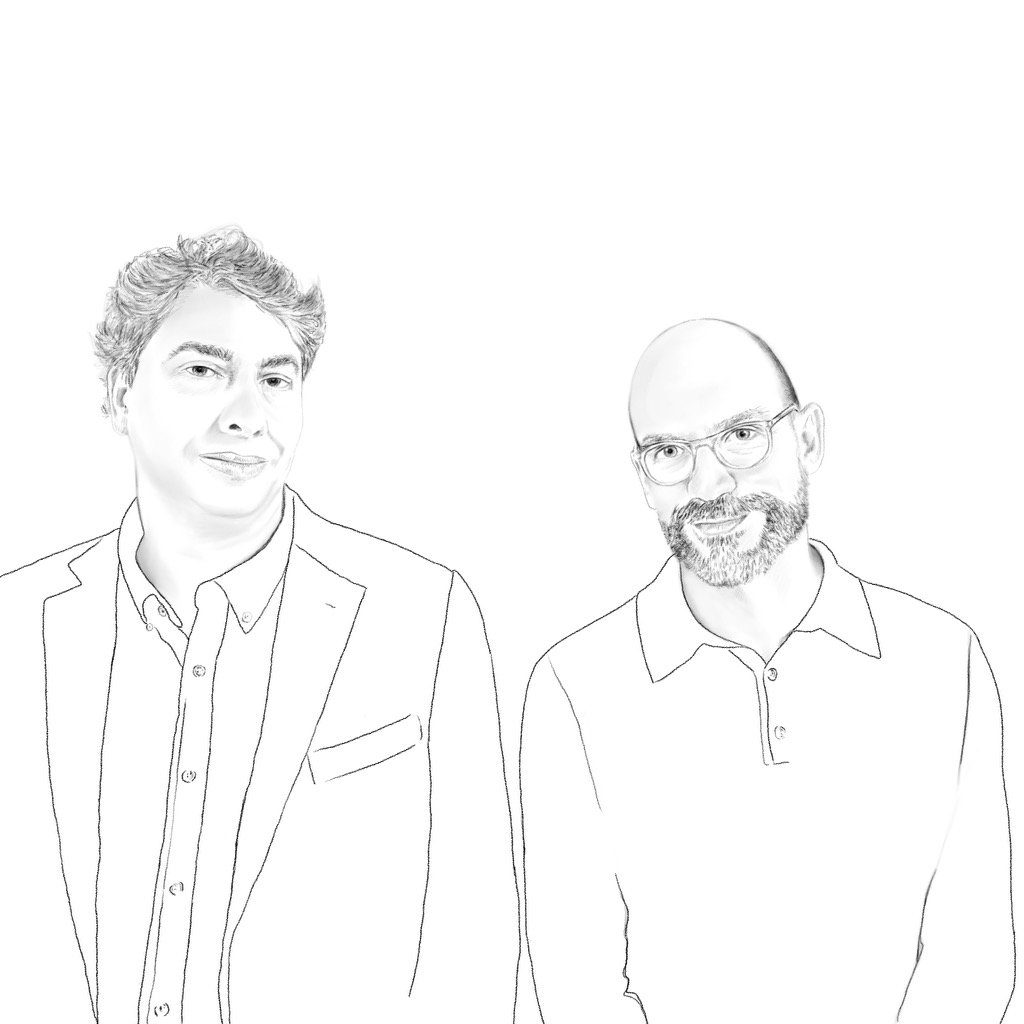
ARANDA/LASCH
Aranda\Lasch brings form and substance to the immaterial. Through the creation of objects and environments, the studio is dedicated to the highest level of craft in both material and digital languages. Their wide-ranging work, from generative software to physical architecture, reflects a critical engagement with making in an age of algorithmic tools. The resulting body of work reveals a deep investigation of contemporary culture, its material possibilities and the algorithmic logic that underpins it.
-

THOMAS LIN PEDERSEN
Thomas Lin Pedersen “I’m a former bioinformatician/computational biologist turned data scientist turned software engineer who focuses on improving researchers interactions with the data they produce. I’m part of the tidyverse team at RStudio where I focus on improving the performance of graphic rendering in R as well as taking part in maintaining ggplot2 and related packages.”
-

ISKRA VELITCHKOVA
Iskra Velitchkova is a computational artist. She focuses her work on generative art but she is interested and inspired by every kind of interactions between humans and machines. With a large background in Data Visualization, beginning with her own studio, Iskra roots today her work on understanding how can we use and design technology to understand better ourselves.
-

BEN KOVACH
Ben Kovach “Randomized outputs can be unpredictable, so I’m constantly surprised by even my own work. The space of possible outputs from a computer is mind-blowingly large. My goal is to exploring the slice of that space that reflects my taste as an artist, and share that slice with the world.”
-

CASEY REAS
Casey Reas “I'm an artist, a professor at UCLA, a co-founder of Processing and the Processing Foundation, and I co-founded Feral File in 2020. In the tradition of the 90s WWW, this site is always a work in progress and rough around the edges.”
923 Empty Rooms is an artwork about simulation and the history of visual representation and abstraction minted in five different Bright Moments cities in 2023.
-

GANBROOD
With a background in special effects, 3D animation, videogames, and photography, Bas Uterwijk, aka Ganbrood, has always been involved in forms of visual storytelling that imitate and distort reality. Since 2019 he combined his different skills and experiences when he started working with generative adversarial networks (GANs): Deep Learning, Artificial Intelligence based software that interprets and synthesizes photographs.
-

ELLIE PRITTS
Ellie Pritts (she/they) is a renowned transmedia artist whose work explores reinterpreted nostalgia via recursive analog and digital processes.
Ellie is widely recognized in the world of Web3 and NFT art, their work in the sector having been featured in Fortune, Decrypt, Smithsonian Magazine and more. Their exhibitions have been presented by companies like Open.AI, SuperRare, Coinbase and Ledger.
-
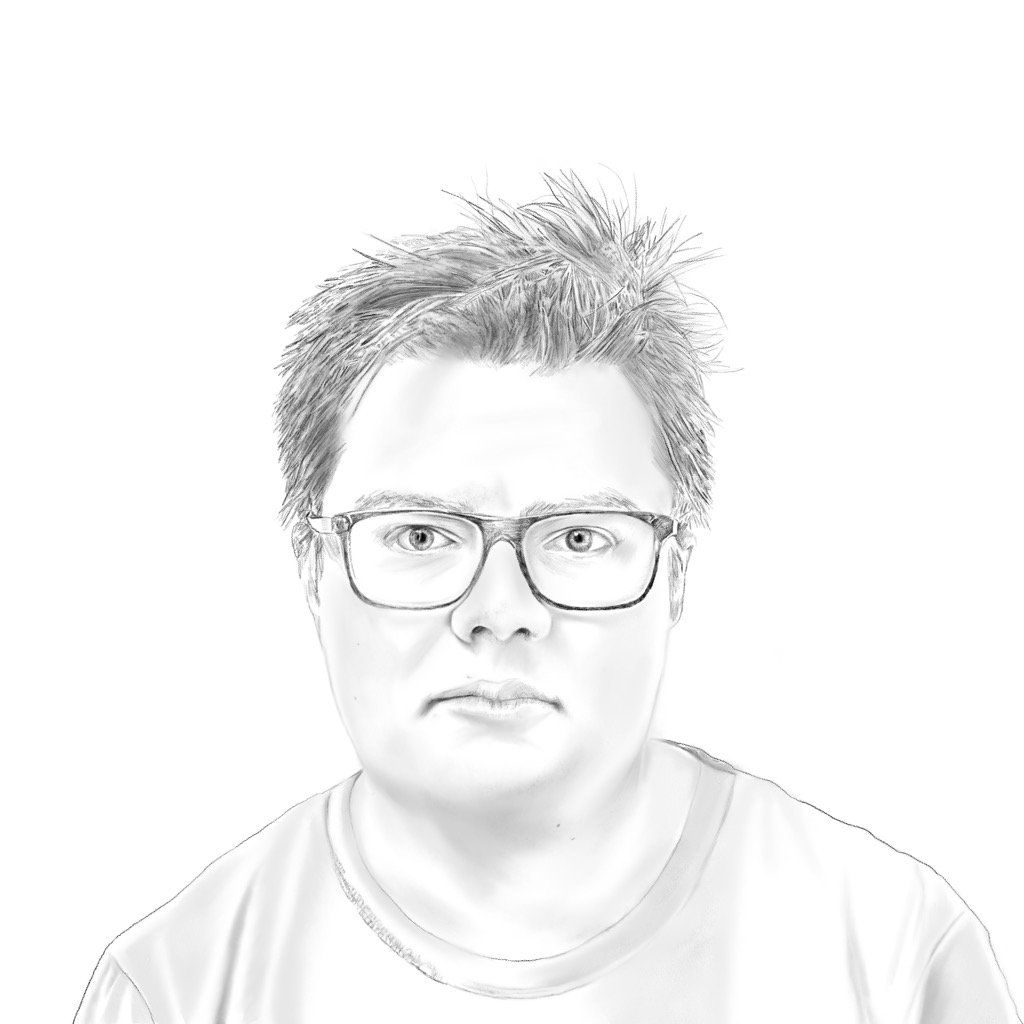
ROOPE RAINISTO
Roope Rainisto is a Finnish artist, designer, and photographer with a passion for storytelling. Roope’s work combines AI-generation methods with traditional techniques, creating artworks that invoke emotional impact in their viewers. His NFT collections “Life In West America” and “Reworld” rank amongst the most valuable AI art collections in the NFT space. Previous to his current art career, Roope had a prestigious 25-year career as a professional designer. He holds a M.Sc. degree in Information Networks from the Helsinki University of Technology.
-

HARM VAN DEN DORPEL
“I'm an artist dedicated to discovering emergent aesthetics by composing software and language, borrowing from disparate fields such as genetics and blockchain. Also I co-founded.” Based in Berlin. - Harm
-
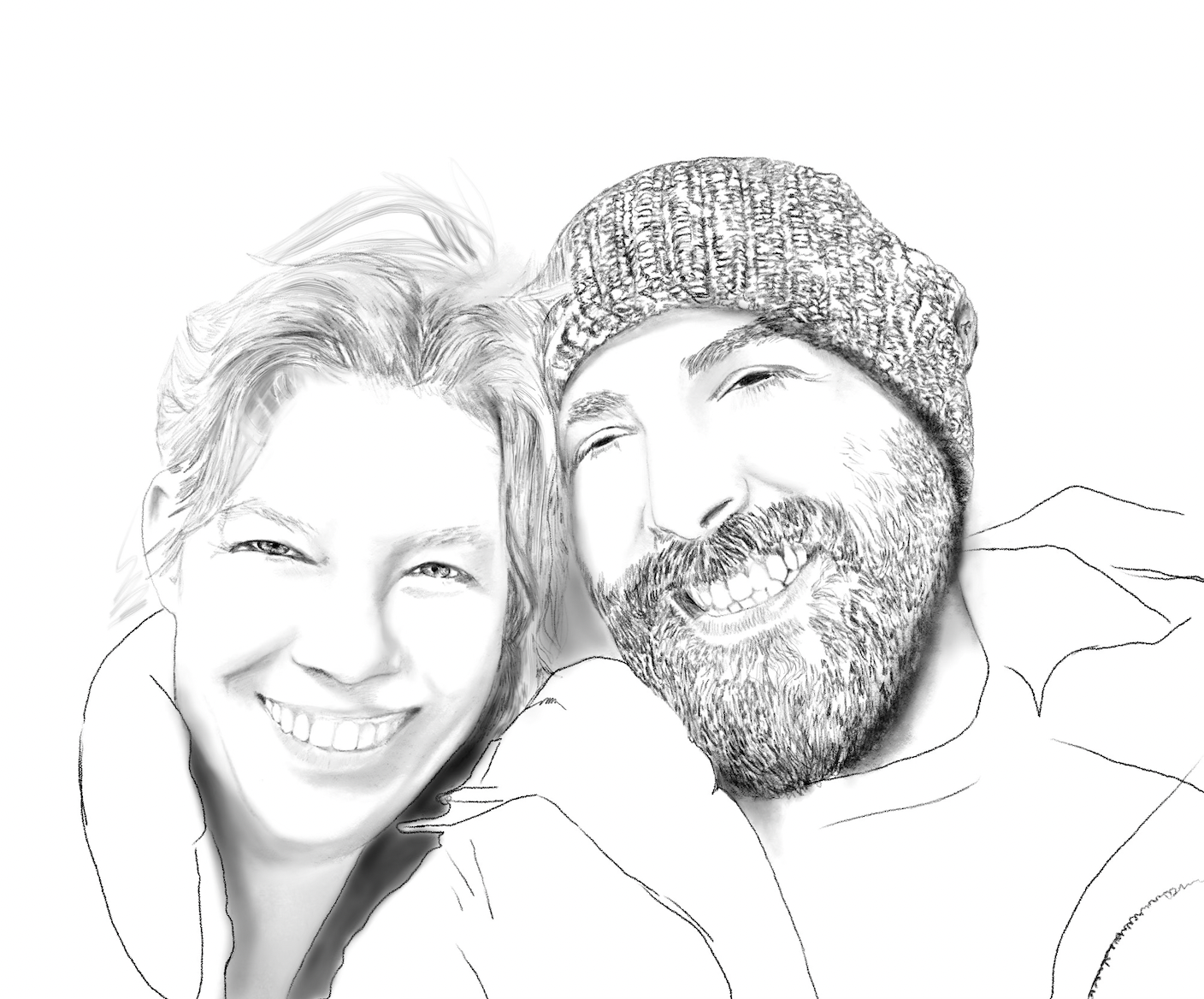
PATRICIO GONZALEZ VIVO & JEN LOWE
Patricio Gonzalez Vivo & Jen Lowe are artists, engineers, and researchers known since 2010 for work that uses symbolic elements to invite people into experiences of presence, play, and imagination. They have an an experimental tinkering-based practice inspired by the mechanics and aesthetics of mapping instruments, including star maps, compasses, telescopes, and satellites. Their Book of Shaders is a foundational text, and Patricio’s open-source tools and libraries are widely used for art making. They’ve spoken at EYEO, SXSW, Resonate, MIT Media Lab, Rhizomatics, and Carnegie Mellon University, and taught at Parsons, ITP, SVA, SFPC, and at the Universidad Nacional de Arte in Argentina.
-
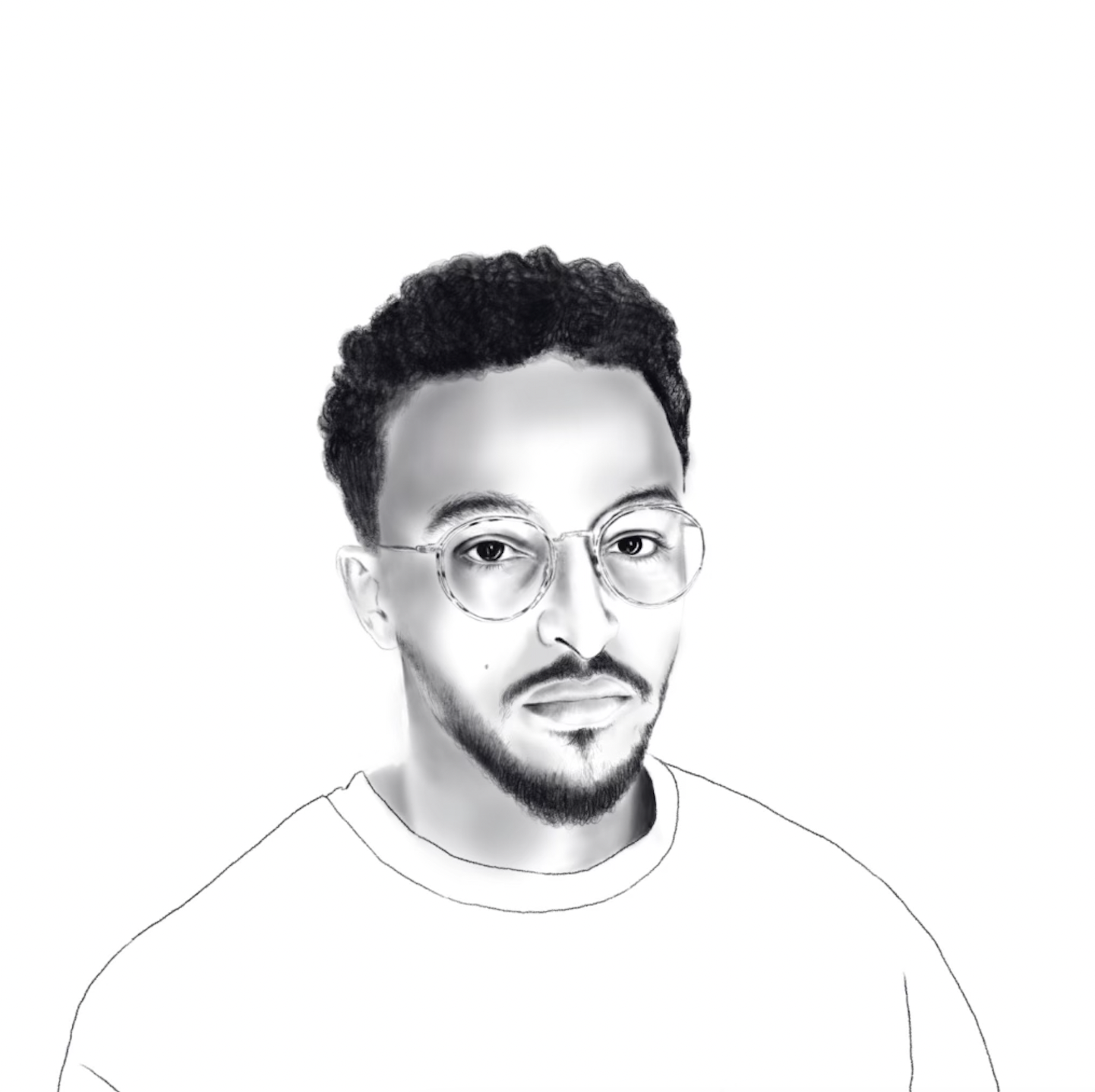
SPONGENUITY
Spongenuity is a visual & Generative Artist exploring the visual spectrum through generative randomness and our implicit connection through data. By emphasising the aesthetics of colour theory, the works involve the viewer to find beauty in the intricacies of the works.
PORTRAIT LAB -
QIAN QIAN
Qian Qian is the Creative Director at Bright Moments and pixel artist behind the CryptoCitizens
-

THOMAS NOYA
Thomas Noya is a visual artist from Venezuela currently based in Brooklyn. Often ranging from ethereal to compulsive, his practice is rooted in the digital realm, exploring themes of nostalgia, colour, and texture through a lens of meticulous detail and conceptual rigour.
-

FAHAD KARIM
Fahad Karim is an artist and engineer based in New York City. Using code as his medium, Fahad builds systems that explore human culture in new and dynamic ways. His work often reimagines 'the traditional' through automation, ranging across themes such as architecture, symbolism, folklore, and time.
-

JUAN RODRIGUEZ-GARCÍA
Juan Rodríguez García is a generative artist. His work explores design concepts and programming through technology and code as a tool of creation and expression. He teaches classes in creative coding at Iberoamericana University in Puebla, MX.
-

MARTIN GRASSER
Martin Grasser is an artist and designer based in the Bay Area. He produces work using an iterative process, isolating core concepts and expanding upon them through repetition. At the root of his practice is his interpretation of letterforms—what most see as plain text, Martin sees as art. He explores the transformation of type in everyday media, from printed books and magazines to digital newspapers and code, and reveals them as a universe of vibrant abstraction.
-

KIM ASENDORF
Kim Asendorf is a German visual artist who works with conceptual strategies and generative systems to create abstract animations, images and sculptures. The pixel is the main building block in Asendorf's work, seemingly alive in his abstractions, or rearranged in his iconic Pixel Sorting aesthetics.
-
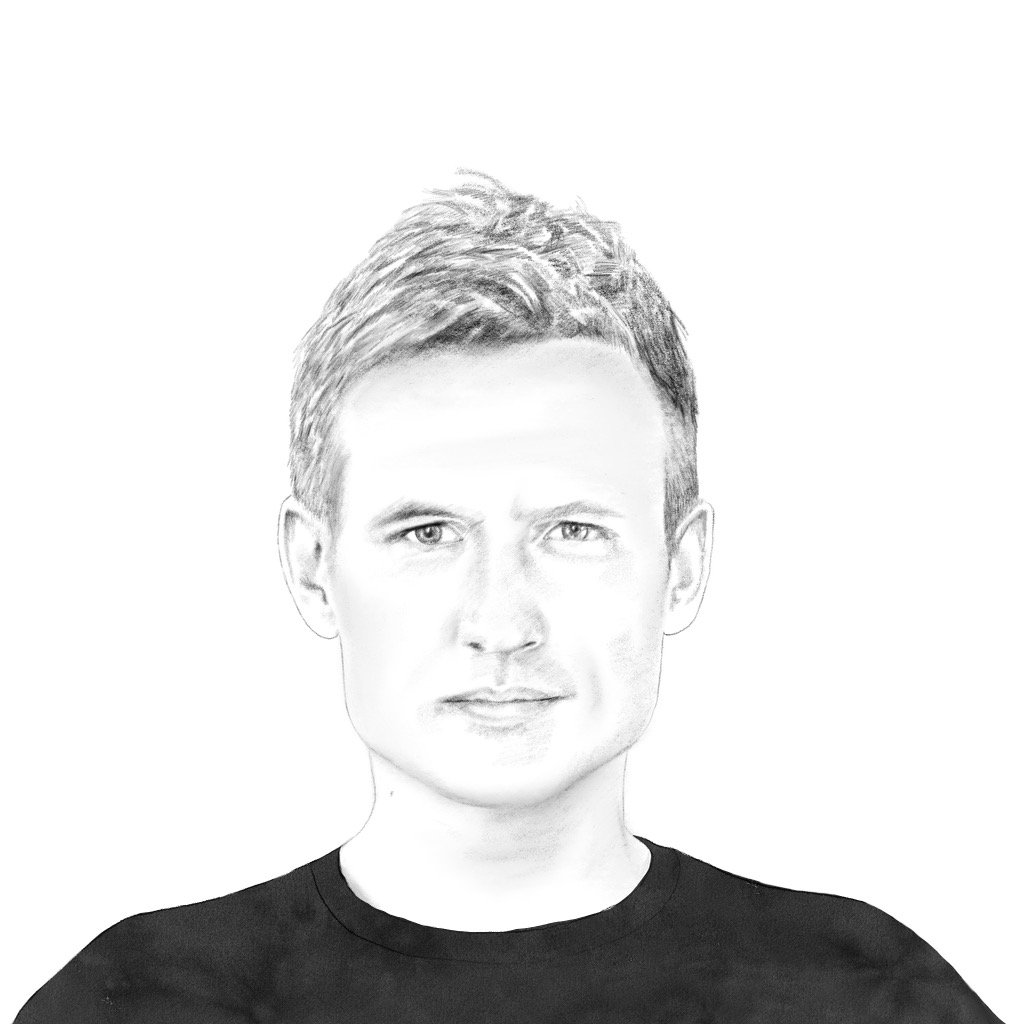
JACEK MARKUSIEWICZ
Jacek Markusiewicz (mrkswcz) is an architect and creative coder from Poland with 15 years of professional and academic experience in architectural studios and universities in Warsaw, Barcelona and San Sebastián. Jacek holds a PhD in architecture and specializes in parametric design, programming, machine learning and responsive design. His artistic work merges architectural and natural inspirations with forms created by mathematical and algorithmic logic.
-

OBVIOUS
Obvious is a French trio of artists and researchers that uses artificial intelligence algorithms to create works of art. Their work was highlighted in 2018 with the sale of one of their paintings, the first of its kind, at Christie's NY. Their works, at the crossroads of classical art and the most recent technologies, are subsequently exhibited in the great museums of the world. They are represented by Danysz gallery, renowned for spotting emerging artistic talents. Pioneers of digital art, they are also the first French artists to have created NFTs, and are co-founders of the NFT factory, a place dedicated to NFTs in Paris. Through its work and its collaborations (Nike, Alpine, Opéra de Paris), Obvious aims to bring the tools developed in research to creative people in all industries, in order to initiate the next visual and artistic revolution. Obvious created its Artificial Intelligence research laboratory in 2023 in partnership with the Sorbonne University, with the aim of creating new algorithms for artistic creation and offering them in open-source to the public.
-

IRA GREENBERG
Ira Greenberg has an eclectic background combining art and computer science. Well known for having written the first book on the Processing programming language, Processing: Creative Coding and Computational Art (Berkeley, CA: friends of ED, 2007), Greenberg has led the way for the present and future of creative computing and AI art.
Currently, Greenberg directs the Center of Creative Computation and is Professor at SMU, with a joint appointment in the Meadows School of the Arts and the Lyle School of Engineering. He is a co-founder of Emergent Properties.
-

RALENARC
RalenArc is a Generative artist.
-

OKAZZ
Okazz is a Japanese generative artist and creative coder using p5.js for arts. Inspired by Japanese subculture of Anime and Manga.
-

LOREM
Lukas Bruhn is a globally-renowned digital artist who is based in Germany. For LOREM, the process of creating art is a form of meditation that allows him to stay grounded and focused, even in the midst of stress. Through his art, LOREM invites viewers to enter into his inner creative world and share in the emotions that come with it.
The hope is that his art can provide a portal for others to connect with their inner selves and experience the same sense of peace and clarity that LOREM does when creating.
-

LARS WANDER
Lars Wander is a computer artist, born in Germany, and living in NYC. His visual artwork follows his interests in perception, generative patterns, and computational systems. He's been writing programs to explore complexity for well over a decade, and began publishing his generative artwork in 2020.
-

KAZUHIRO AIHARA
Kazuhiro Aihara is a digital artist who explores abstract portrait painting, futuristic animated pixel videos, and meme gifs.
-

LEONARDO SOLAAS
Leonardo Solaas studied Philosophy and is a self-taught programmer and new media artist. He explores various intersections between art, philosophy and programming, through writing, teaching and artistic production. His work involves generative systems, artificial life, social networks, data visualization and the relationship between traditional artistic media and algorithmic image generation. He is currently a Professor at the Maestría en Diseño Interactivo, Universidad de Buenos Aires. He lives and works in Buenos Aires, Argentina.
-
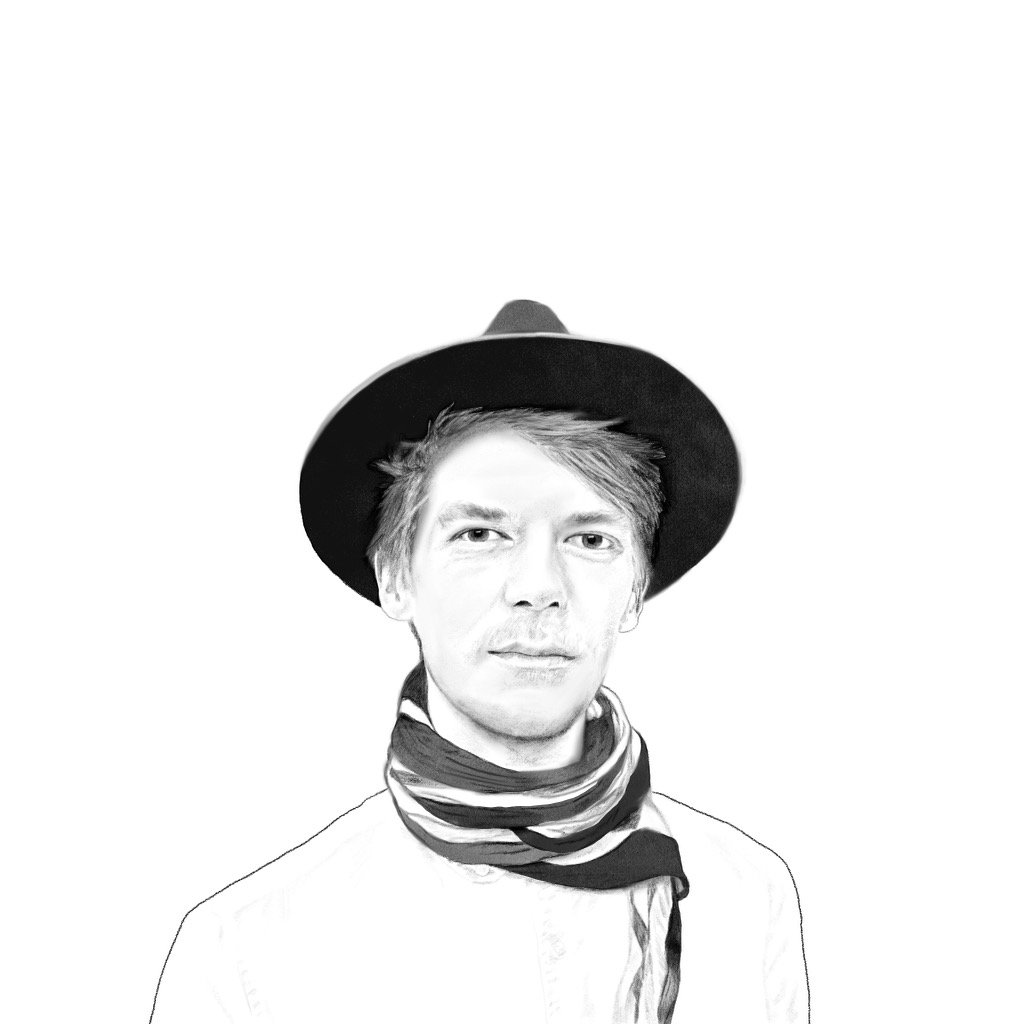
ANDREAS RAU
Andreas Rau is a generative artist and interaction designer exploring the interplay between humans and their digital and physical environments in kinetic sculptures, plotter drawings, and generative visuals.
-
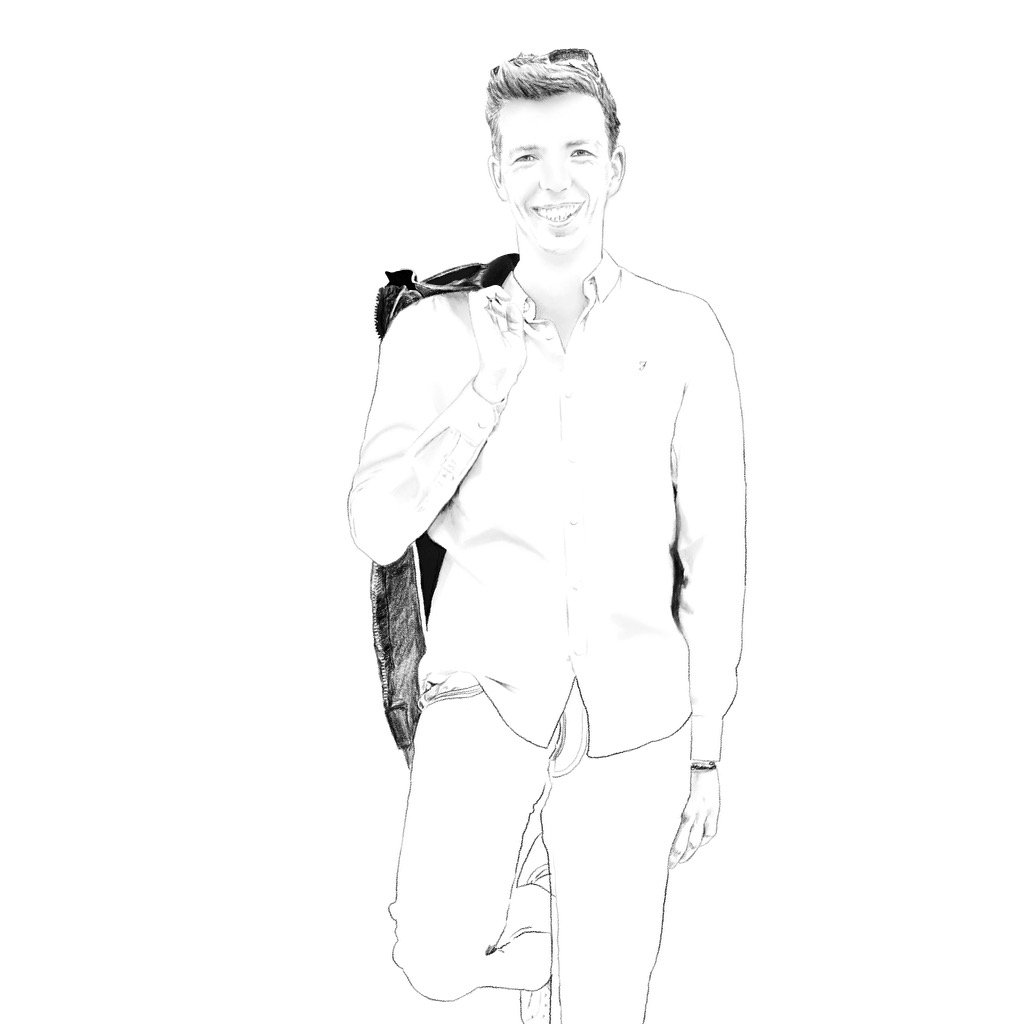
CAMILLE ROUX
Camille Roux is a creative coder and generative artist from the South of France. He loves jamming with code and math concepts.
He did a "classe préparatoire aux grandes écoles" in physics and chemistry then became a computer science engineer in 2008. He has coded for more than 20 years.
He was a back end developer, mainly in Ruby on Rails for many years, then, became an entrepreneur for the past 10 years.
-

MISAKI NAKANO
Misaki Nakano is a programmer & designer who creates visual arts with WebGL & develops interactive contents. She is also involved in R&D for webXR and physics simulations.
-
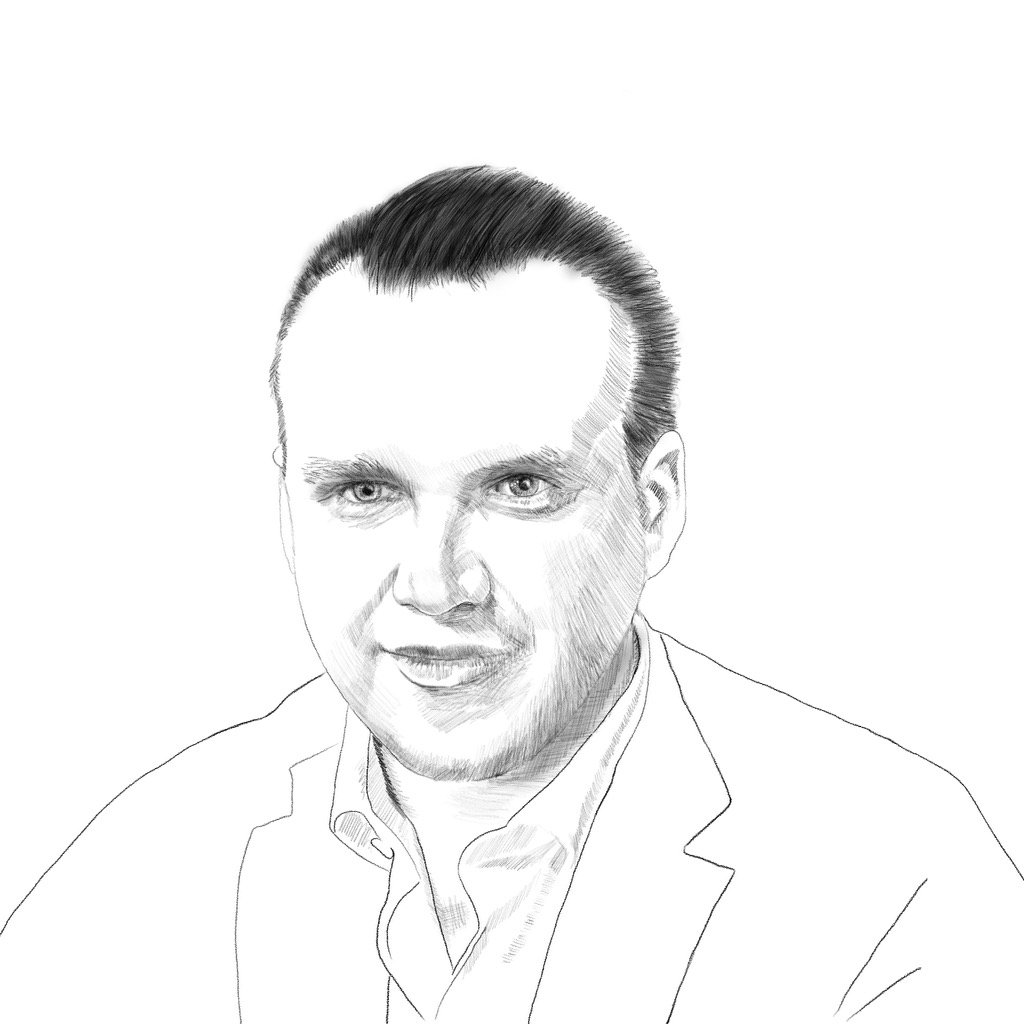
RICHARD NADLER
Richard Nadler is a generative artist who explores identity through potent colors and provocative textures. His work spans latent diffusion, GAN, and code-based techniques. He is most known for his Japanese GenArt Collection, which explores his life-long fascination with the culture of Japan, a place he would frequently travel with his late father. Based in Munich, Germany, Nadler splits his time between the digital world, a growing family, and his journey towards official sommelier status.
-

KJETIL GOLID
Kjetil Golid is a long-time generative artist based in Trondheim, Norway. He is 31 years old, and has a background in software development and data-science and a Master’s degree in Mathematical Logic. He is currently living his dream of making art full time.
-
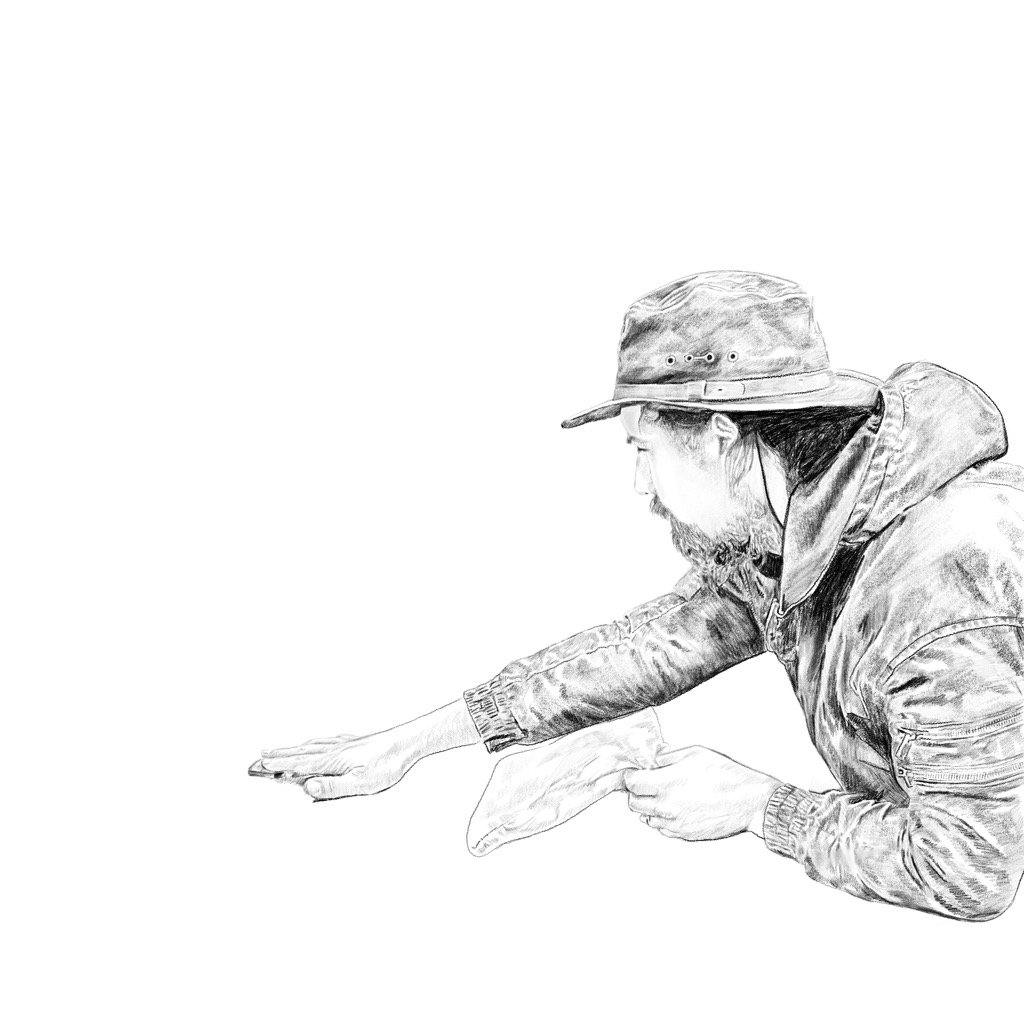
0xDEAFBEEF
0xDEAFBEEF is an artist and engineer based in Toronto, Canada. Over the past 20 years he has been tinkering in diverse areas overlapping art and technology including music, sound recording, computer animation, blacksmithing, and generative art. He received his BASc in electrical engineering and MSc from the University of Toronto, where he contributed to internationally recognized research in the field of computer animation. As a classically trained musician with a strong background in sound technology, he brings together all of his interests in a bespoke art practice, using low-level computer code and a minimal toolset to craft raw information into audiovisual artworks. His recent generative works explore the unique affordances of programmable blockchains as both subject and medium.
-
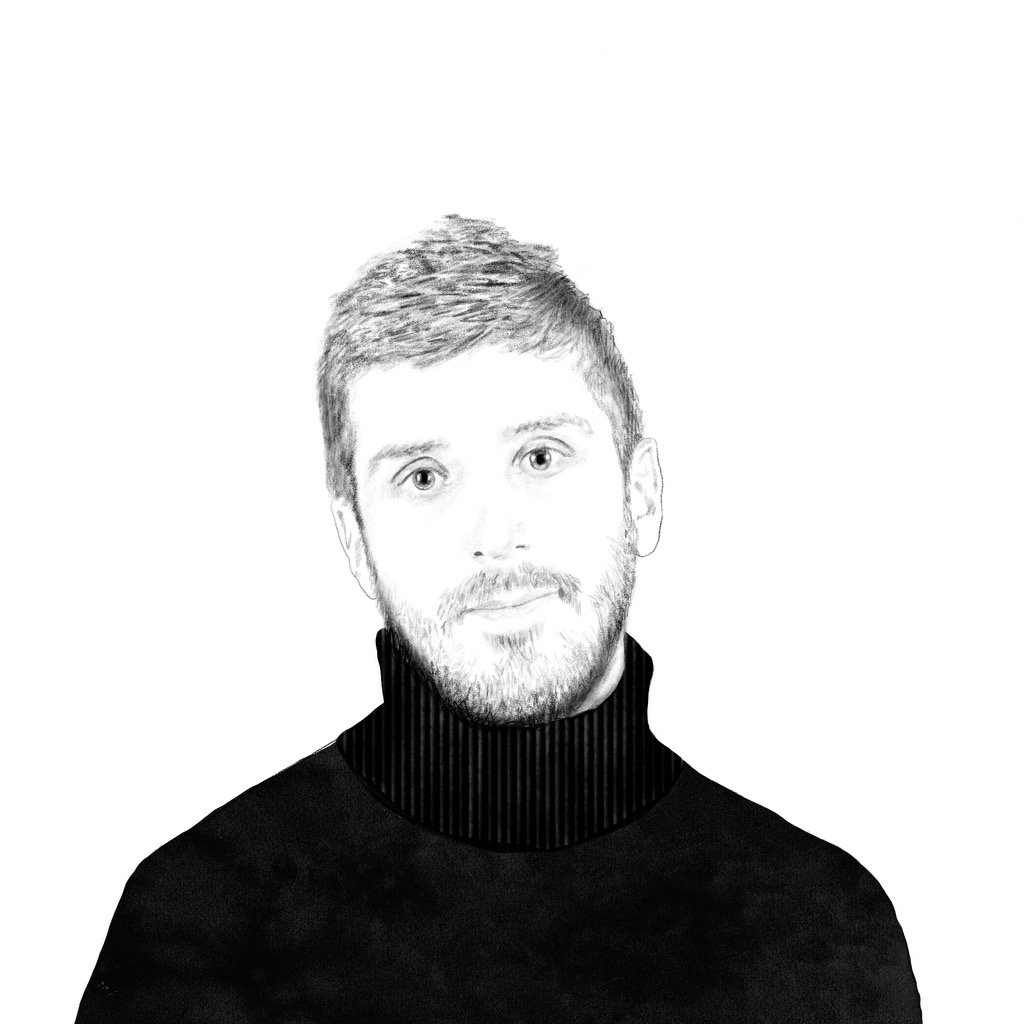
JULIEN ESPAGNON
Julien Espagnon studied Applied Arts before becoming a web designer, then a frontend developer in a communication agency. During his studies, he discovered generative art and the use of code as a creative medium, in which he quickly found his artistic calling. For an entire year in 2017, he created a daily shape of animated generative art using Processing, which would become the "365 shapes of blue" project, his first to be exhibited in a gallery. Very quickly, on top of his digital creations, he decided to transpose them into drawings using a plotter. The combination of these two media is the result of his research to develop a malleability between the digital and the physical arts which determines his way of thinking about his algorithms and his creations.
-

BEERVANGEER & JULIE DE RUIJTER
BeervanGeer is a studio for development for interactive media design with focus on exploration of human consciousness. His focus lays on making the invisible world visible by making use of generative art and sensor data.
As Studio Poca, Julie de Ruijter develops ritualistic artworks and interactive rituals, exploring the intuitive, visual and symbolic realm. Merging the tangible and intangible to explore the transformative potential of ritual. Julie’s work is an invitation to reconnect with our bodies and feelings in an intuitive way. -

LICIA HE
Shiqing (Licia) He is a generative artist and a human-computer interaction researcher. She entered the world of generative art to connect her passion for art and technology. Licia has received training in studio art, computer science (Bachelor of Science), and information science (Doctor of Philosophy). Currently, Licia specializes in creating artistic expressions with software and hardware innovation.
-

MELISSA WIEDERRECHT
Melissa Wiederrecht is a Generative Artist from the USA and is currently based in Saudi Arabia. She is best known for her detailed and textural generative work. She holds an MS in Computer Science and has released the curated collection “Sudfah” and playground collection “Sandaliya” on Art Blocks, as well as eight collections on fxhash, and numerous smaller collections and 1/1s all over web3.
-

QUBIBI
Qubibi was born in Tokyo in 1977. Artist
-
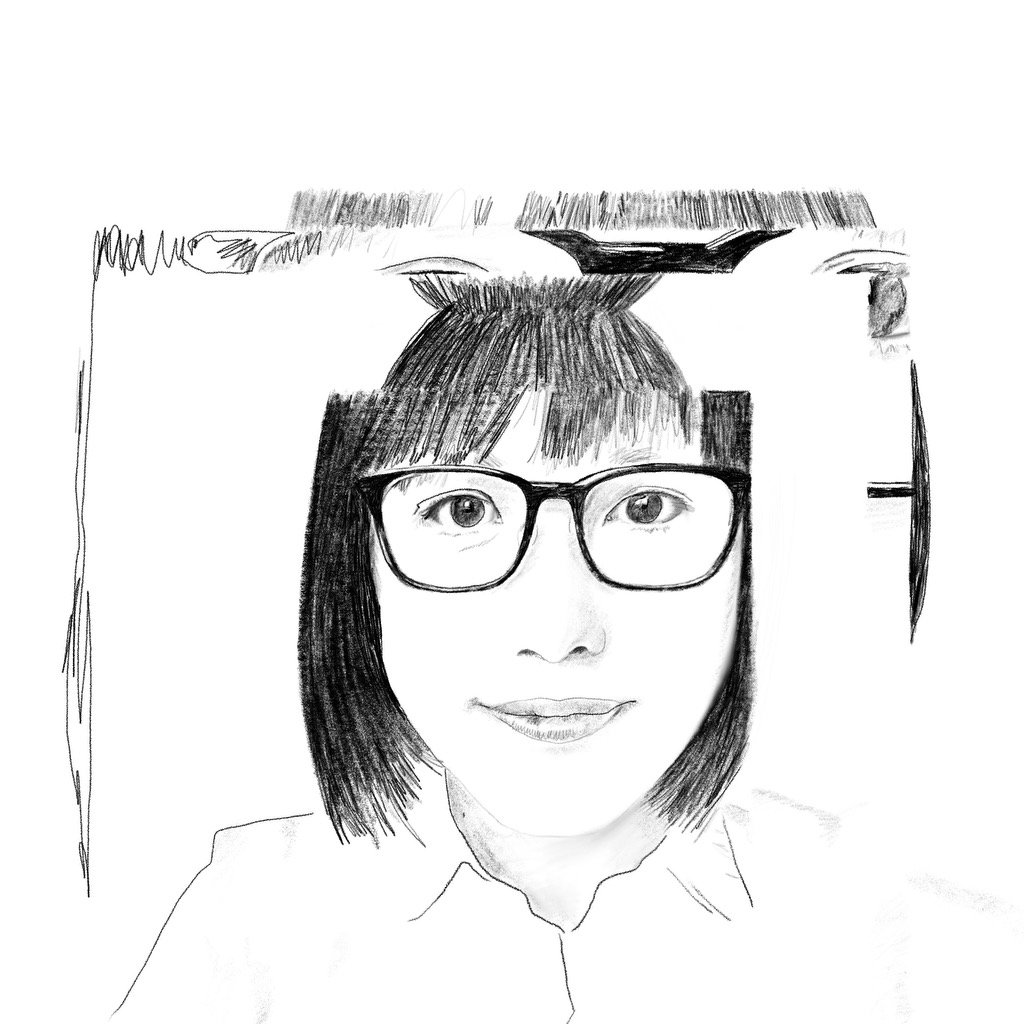
KAORU TANAKA
Kaoru Tanaka is a generative artist who creates art using TouchDeginer. She works on installations and wall art. Creating works is expressed based on inspiration from her daily life, dreams, and fantasies around her as she experiments and creates daily.
-

HOLLY HERNDON & MAT DRYHURST
Holly Herndon & Mathew Dryhurst are artists renowned for their pioneering work in machine learning, software and music. They develop their own technology, and protocols for living with the technology of others, often with a focus on the ownership and augmentation of personal identity and voice.
-

CLAIRE SILVER
Anonymous AI-Collaborative artist and early Cryptopunk. Claire Silver’s work is an ongoing visual conversation with AI, exploring themes of trauma, innocence, divinity, the hero's journey, and how our view of them will change in an increasingly transhumanist future. Claire's art has sold at Sotheby's London's Contemporary Day Auction, digitally on SuperRare, and has been exhibited in galleries, museums, and festivals all over the world.
-

HELENA SARIN
Helena Sarin "The psychologist Daniel E. Berger claims the most important aspects of art are “novelty, surprise, complexity, ambiguity and eccentricity”, Sarin’s GAN artworks have all five in abundance.” - wrote Unit London in 2019. Visual artist, software engineer and maker (she calls herself an engineering artist)
-

MARIO KLINGEMANN
Mario Klingemann is a German artist who uses algorithms and artificial intelligence to create and investigate systems. He is particularly interested in human perception of art and creativity, researching methods in which machines can augment or emulate these processes. Thus his artistic research spans a wide range of areas like neurography, generative art, cybernetic aesthetics, information theory, NFTs and DAOs, feedback loops, pattern recognition, emergent behaviors, neural networks, cultural data or storytelling.
-

HUEMIN
Huemin, an AI generative artist, combines art and technology to create unique abstract geometric compositions. They have a minimalist approach and a scientific mindset, which has earned them recognition in the community. Huemin remains dedicated to pushing the boundaries of AI generative art and continuously exploring new possibilities.
-

PEDRO FALCO
Pedro Falco (1997) is an image and sound designer (UBA), artist and teacher. His work and research focus on the reinterpretation of data and the appropriation of the internet. Passionate about real-time processes, he explores generative systems, databases, blockchain technology and procedural modeling to create interactive installations, online experiences, electronic objects and data visualizations.
-

MAYA MAN
Maya Man is an artist focused on contemporary identity culture on the internet. Her websites, generative series, and installations examine dominant narratives around femininity, authenticity, and the performance of self online. She is the creator of the browser extension Glance Back and the Art Blocks curated collection FAKE IT TILL YOU MAKE IT. She has exhibited internationally at bitforms, NYC; SOOT, Tokyo; Verse, London; Power Station of Art, Shanghai; and Feral File, online.
-
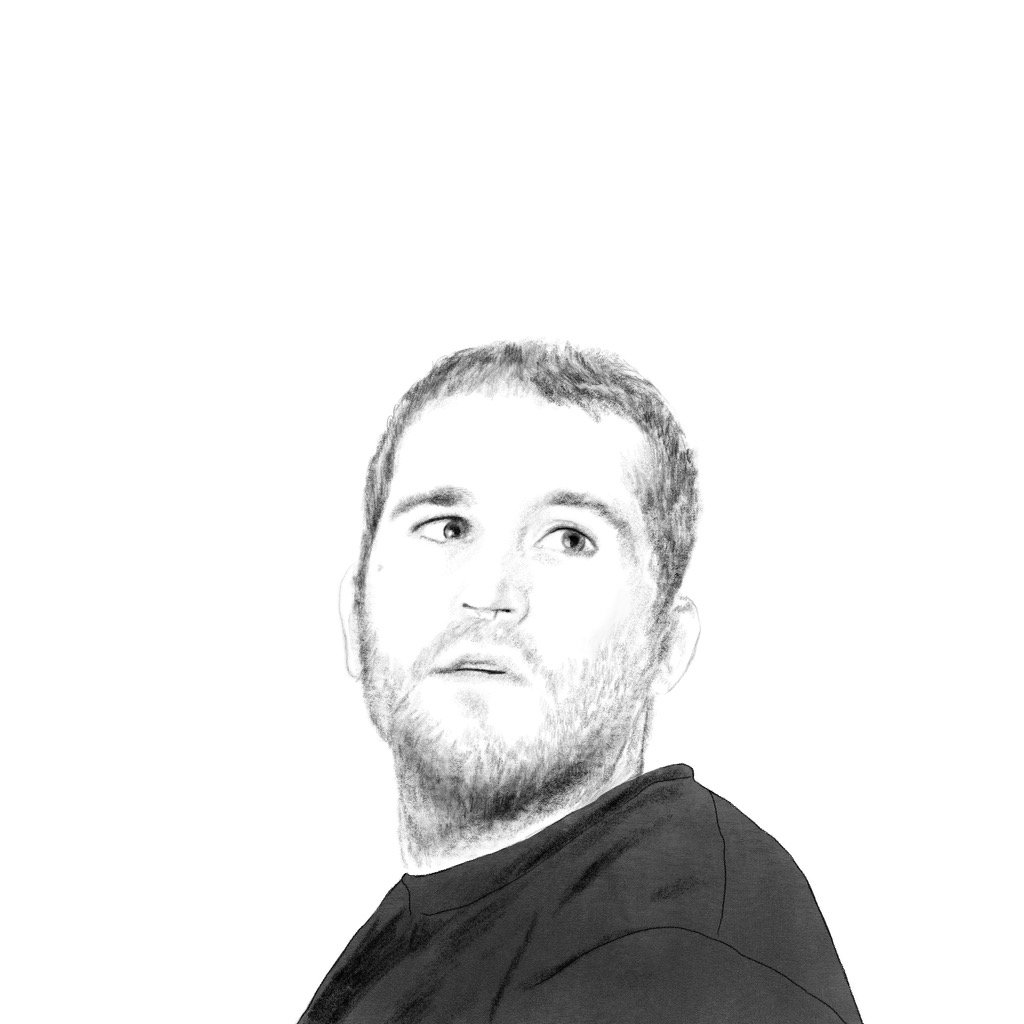
LOLO ARMDZ
“I am a programmer and visual artist, my work is developed within the framework of interactive design, in a search for the possibilities of the tool, its scope and the tension between the operational and the dysfunctional. My works revolve around the plasticity of code, generative art and figuration within digital aesthetics.” -Lolo Armdz
-

JENNI PASANEN
Creating in the new medium and the era of art, where creativity of machine & mind unite as one. Jenni Pasanen is an artists combining digital painting with AI, instead of canvas painted by a brush, she use AI as her inspiration & paint. This tool frees the imagination, to create something unprecedented & fascinating.
-

JIMENA BUENA VIDA
Jimena Buena Vida is a Colombian-born artist, who merges art, emotions, and technology, igniting personal transformation. As a creative and entrepreneur, she explores geometric and colorful expressions through coding, analog and digital techniques. Her art has been featured in TIMEPieces and the Latin Grammys in 2022, and around the world amplifying her vision.
-

FUSE* WORKS
Founded in 2007, fuse* is a multidisciplinary art studio that investigates the expressive possibilities of emerging technologies, aiming to interpret the complexity of human, social and natural phenomena. Since its origins, the studio's research has had as its primary objective the creation of multimedia installations and performances, produced with the goal of exploring the boundaries between different disciplines in pursuit of new connections between light, space, sound and movement.
-

0XHAIKU
0xhaiku is a Japan-based artist whose theme is 'presenting a new way to join art'. After directing a theater company in youth, 0xhaiku has worked as a developer and designer for over a decade with start-ups in Tokyo, London, and SF.
-
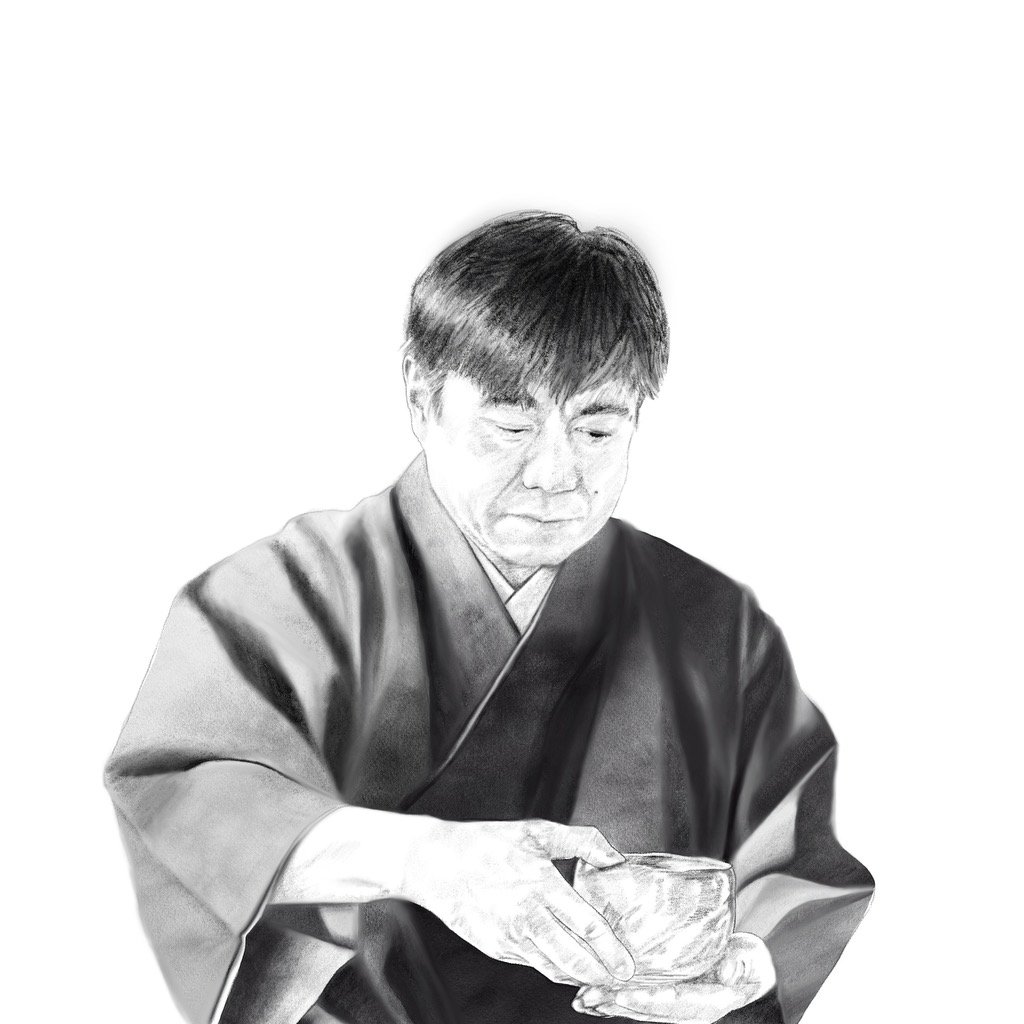
JOI ITO
Joichi "Joi" Ito is a Japanese entrepreneur and venture capitalist. He is a former director of the MIT Media Lab, former professor of the practice of media arts and sciences at MIT, and a former visiting professor of practice at the Harvard Law School.
-

TAMARA MOURA COSTA
Tama is an electronic artist slightly obsessed with numbers, frequencies, geometries, electronic impulses and all kind of existence that makes available the transformation of the energy, the transformation of the reality. Her works with AV installations, assembly of experimental electronic-mechanical devices, Generative Art, NetArt, Projection Mapping, Video and Sound Art, among others; emerge from the intention of expanding the consciousness through sensible stimulations of light, sound and electromagnetic frequencies from a decolonial, ecologic, healing perspective.
-

HARVEY RAYNER
Harvey Rayner (born 1st January 1975) is an English artist and creative coder with over 25 years of digital and generative art practice. His large and varied body of work reveals an evolution in formalized geometric approaches to art making. Rayner’s work is a unique blend of compositional restraint and precision coupled with playful dynamism and a daring boldness. In early 2022 Rayner discovered Art Blocks and immediately recognized a potential home for his own work in this new digitally native art genre. Rayner has used his creative momentum and experience to drop four major series in his first year as a fulltime generative artist.
-

THOMAS TRAIL
Thomas Trail aka traily is an Argentine-American film director and cinematographer who has done over 80 music videos, commercials and feature films. He has shot videos for Steve Aoki, Dr. Dre and graffiti artist OG Slick. Thomas attended the USC School of Cinematic Arts, earning a double major in still photography and film production. Lately, his current work in AI generated imagery leans into his love of cinematic storytelling merged with his obsession with street photography.
-

CORY HABER
Cory Haber is a New York-based generative artist, widely recognized for his innovative approach to bridging the gap between digital and physical art forms. With a passion for exploring the intersection of technology and art, Cory has successfully crafted a distinct artistic style that captures the essence of nature through computational design. Cory began exploring the use of a plotters to create art in 2016. What began as an experiment turned into a passion. Cory discovered new forms of expression and new mechanisms of creation. Not content to use off-the-shelf paintbrushes, instead, he 3D prints his own, in order to create a distinctive style for his large-scale paintings on canvas. Each of his creations, both digital and physical, stem from the same foundational source code, yet evolves into separate, distinct pieces of art.
-

YKXTOKX
Ykxotkx “My generative art explores the intersection of abstraction and figurative. In my recent works, I am interested in drawing beautiful landscapes and natural wonders in code, using generative art techniques.”
-
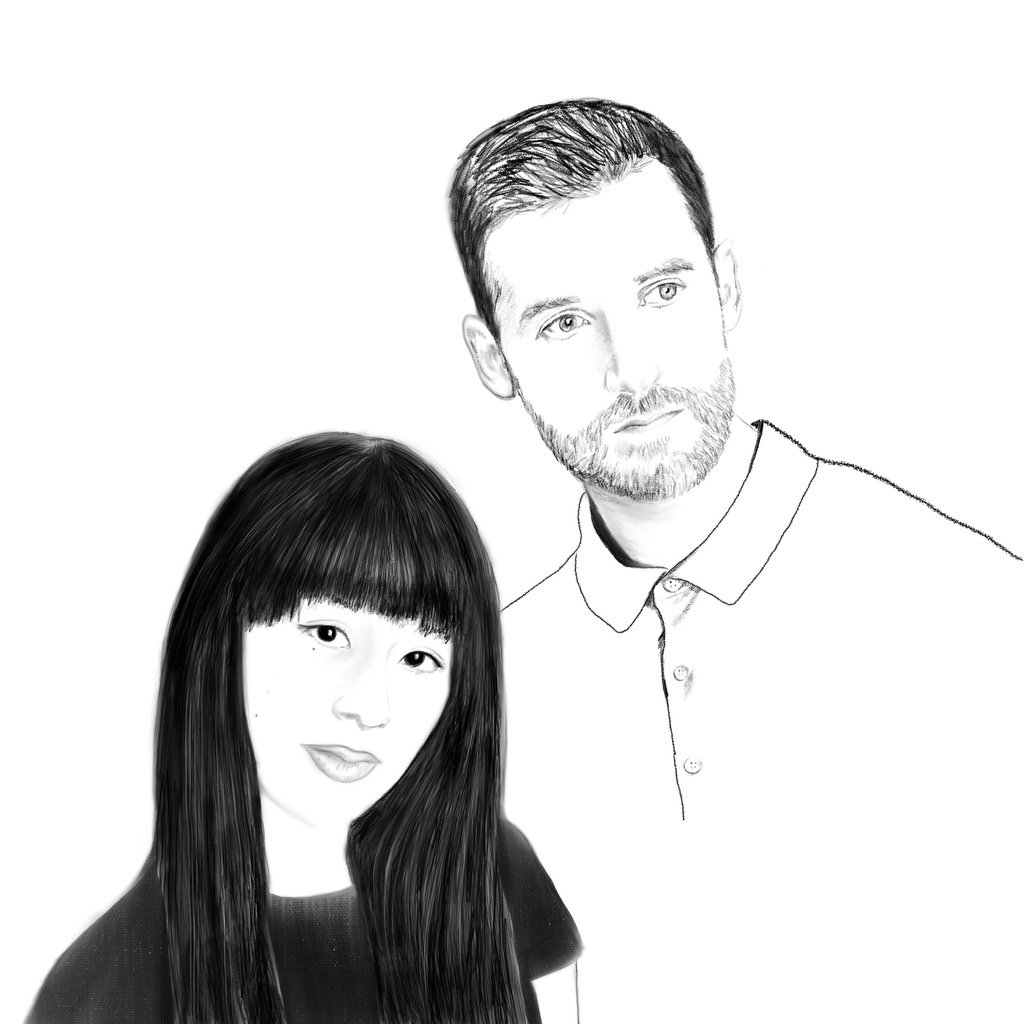
A.A. MURAKAMI
A.A. Murakami is a London/Tokyo based Artist duo. Their unique sensory installations are an ongoing series of works, which follows the tradition of artists emulating nature. In the same way ancient civilisations made structures to chart the passage of the sun or early cave paintings to depict the natural world, A.A. Murakami pursues an innate human desire to use art to connect with and revere the natural systems on which our existence depends.
-
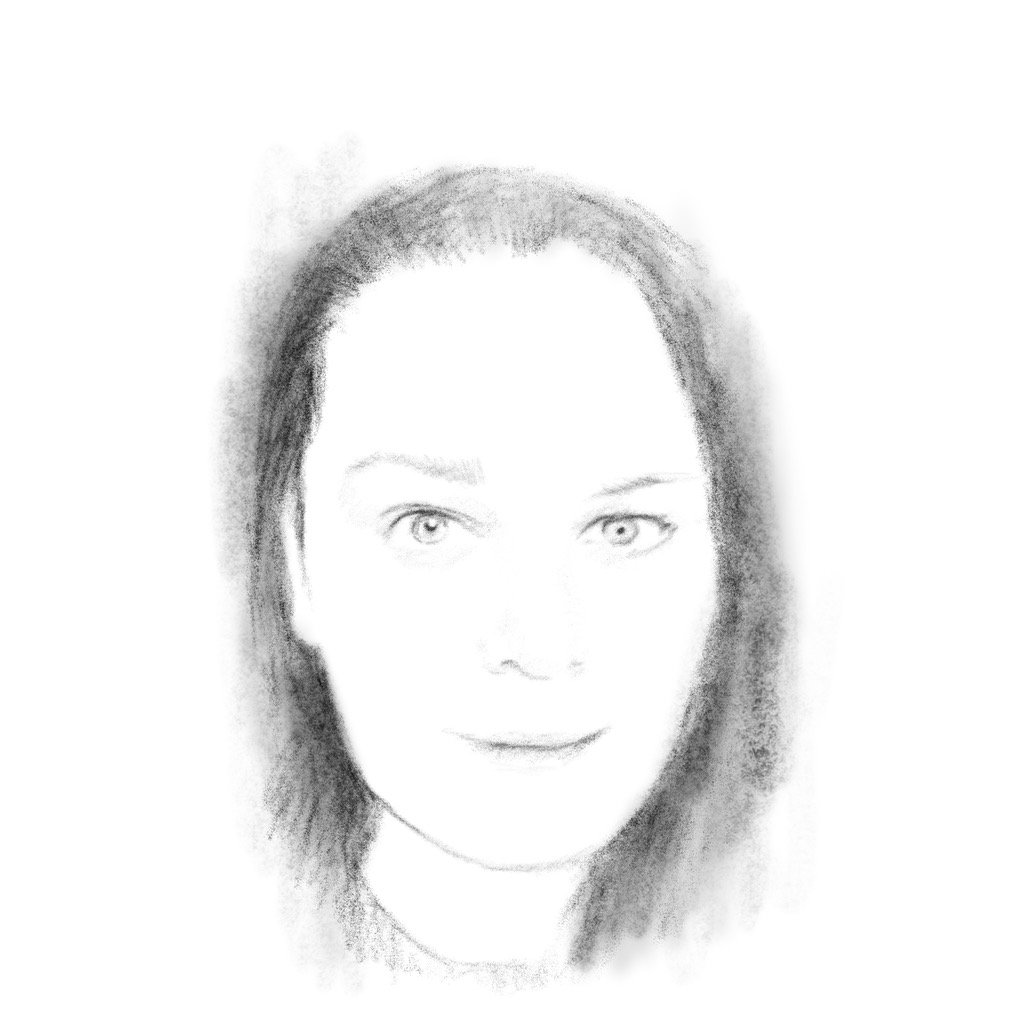
NICOLE VELLA
Nicole Vella is a computer artist based in Toronto, Canada, specializing in the creation of immersive experiences and shader based artworks.
-

RUDXANE
rudxane is a visual artist from Amsterdam, working on small interactive websites and code based art since the 90s. Currently exploring the interplay of artist/machine through the generative medium by introducing human characteristics in a generative system.
-
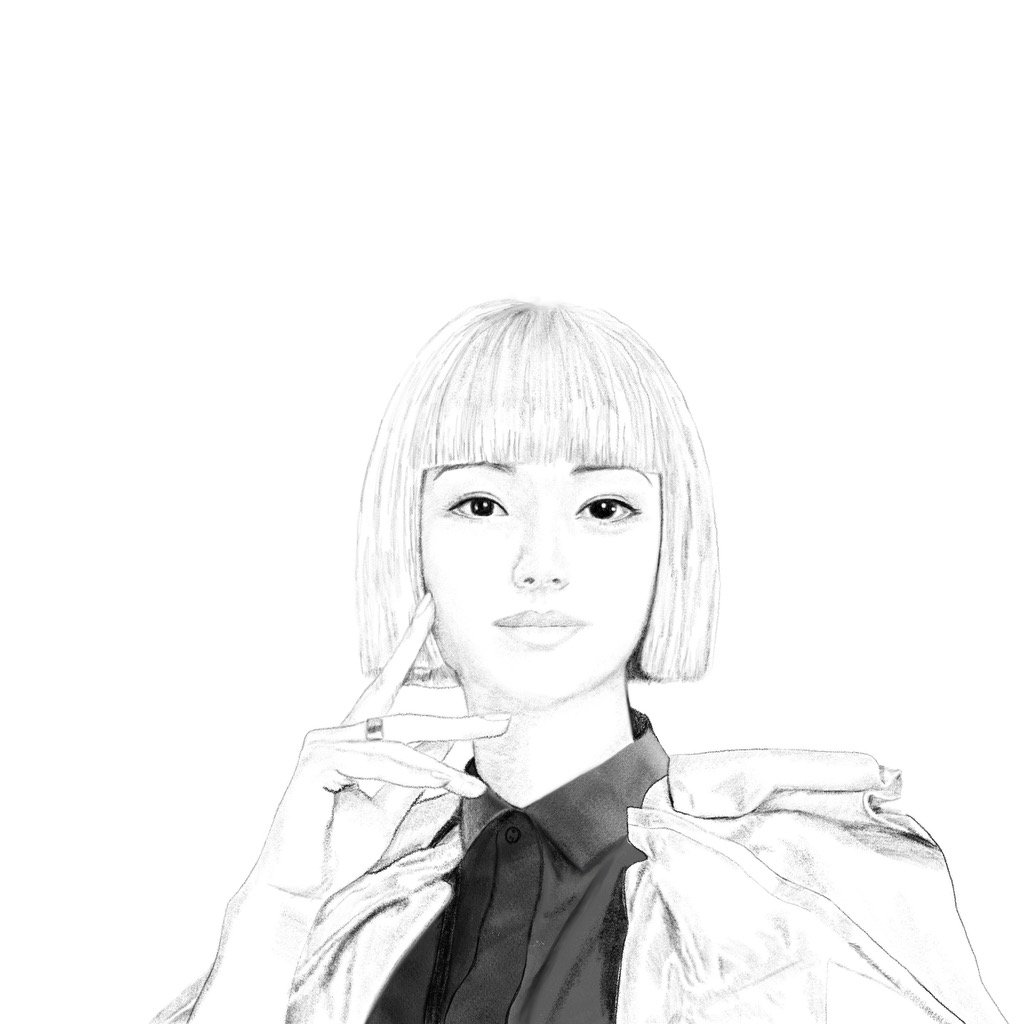
IMMA
Imma is Asia’s No.1 most influential virtual human and her actions have led to her being selected one of the Women of the Year 2020 by Forbes Women published by Forbes Poland and star in the Tokyo 2020 Paralympics closing ceremony.
-

FLORIAN ZUMBRUNN
Florian Zumbrunn, born in a suburb of Paris in 1987, graduated from the Gobelins School of Multimedia in 2011. After several years working as a Creative Technologist, he co-founded a Media Art studio in 2017, with locations in Paris and Tokyo. In this studio, Florian engaged in diverse projects, creating art with robots, projection mapping, and interactive art installations. Since mid-2021, he has delved deeper into the realm of generative art, exploring and expanding his artistic expression in this field.
-
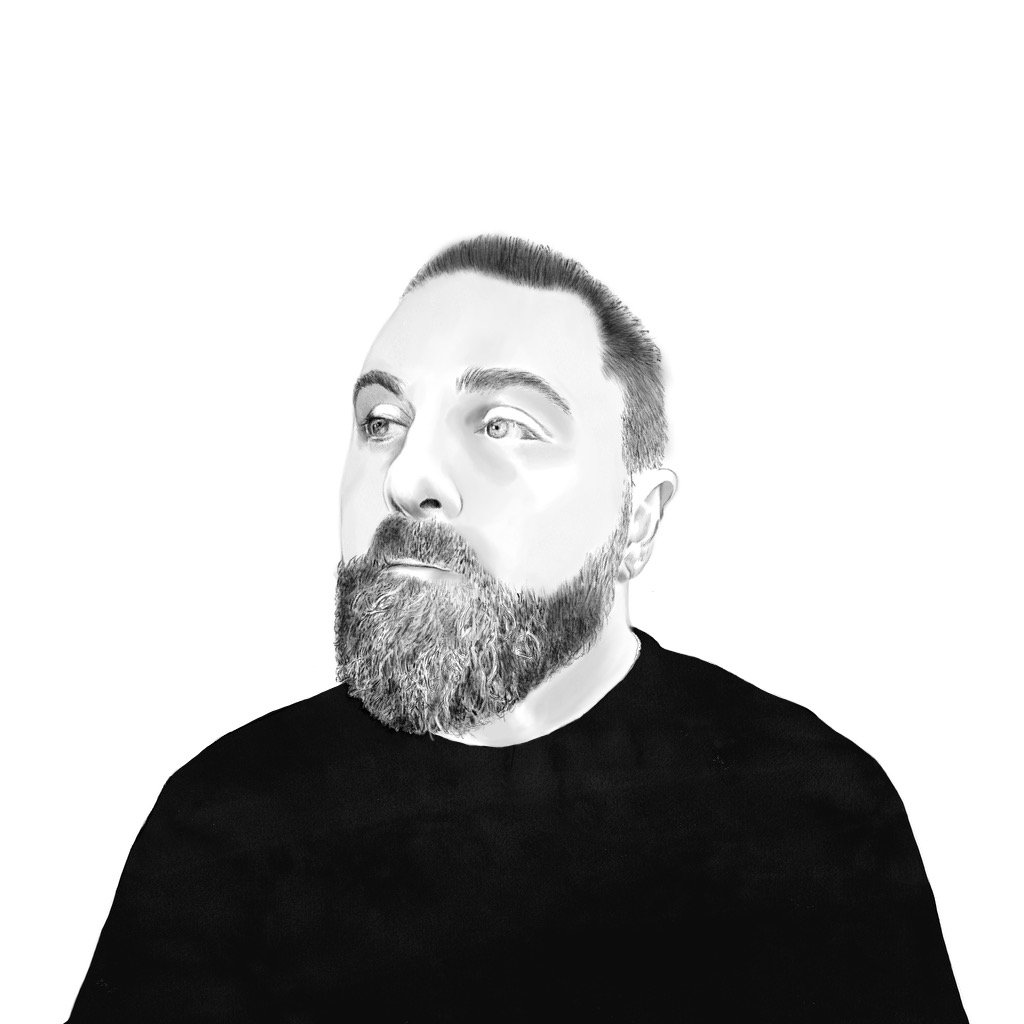
NEPTUNIAN GLITTER BALL
Si is an artist and creative director based in San Francisco. As a creative visionary, he applies his eye for the beautiful and aesthetic to the technological world, always pushing the boundaries of what is possible. Si started his design practice in the advertising industry, where he developed a unique perspective on the intersection of art and commercial advertising. With the rise of AI, Si harnessed the tool to build worlds and tell stories. His project, Neptunian Glitterball, skyrocketed to success.
-

LAUREN LEE MCCARTHY
Lauren Lee McCarthy is an artist examining social relationships in the midst of surveillance, automation, and algorithmic living. She creates performances inviting viewers to engage. To remote control her dates. To be followed. To welcome her in as their human smart home. To attend a party hosted by artificial intelligence. Lauren is the creator of p5.js, an open-source creative coding platform that prioritizes inclusion and access, and a Professor at UCLA Design Media Arts. She has been recognized as a United States Artist Fellow, Sundance Fellow, Eyebeam Fellow, LACMA Art+Tech Grantee, and Creative Capital Grantee, and her work is in the collection of the Whitney Museum of American Art.
-

ANDREAS GYSIN
Born in Zürich, Andreas Gysin is a designer and artist. His work brings together graphics, real-time animation and code to develop custom programs oriented toward a different output according to the medium chosen.
-

ANNA CARRERAS
Anna Carreras is a generative artist and creative coder based in Barcelona, Spain. She harnesses the potential of algorithms to craft visuals that not only capture the essence of concepts and memories but also spark the creation of novel experiential narratives. Anna embarked on her artistic journey early in 2004 creating artistic interactive installations and generative visuals. Possessing dual MSc degrees—one in Engineering and another in Audiovisual Technologies— those works laid the foundation for a career that seamlessly blends technology and creativity.
-

MATTHIEU SEGRET
Matthieu Segret is a French generative artist who skillfully merges coding with art to create poetic universes. With 15 years of experience as a developer, his venture into generative art is a fusion of his technical background and artistic interests. He began his journey in this field on fxhash, where he specializes in creating textures generated by code. His significant projects include a trilogy focused on travel and escape, featuring works like Paper World and Night World. Segret's latest endeavor is The Source, a collaborative project with Camille Roux, launched on gm studio.
-

RIKARD LINDSTROM
“I’m a generative and algorithmic audio-visual artist working with code, exploring the relationship between sound and motion.” - Rikard Lindstrom
-
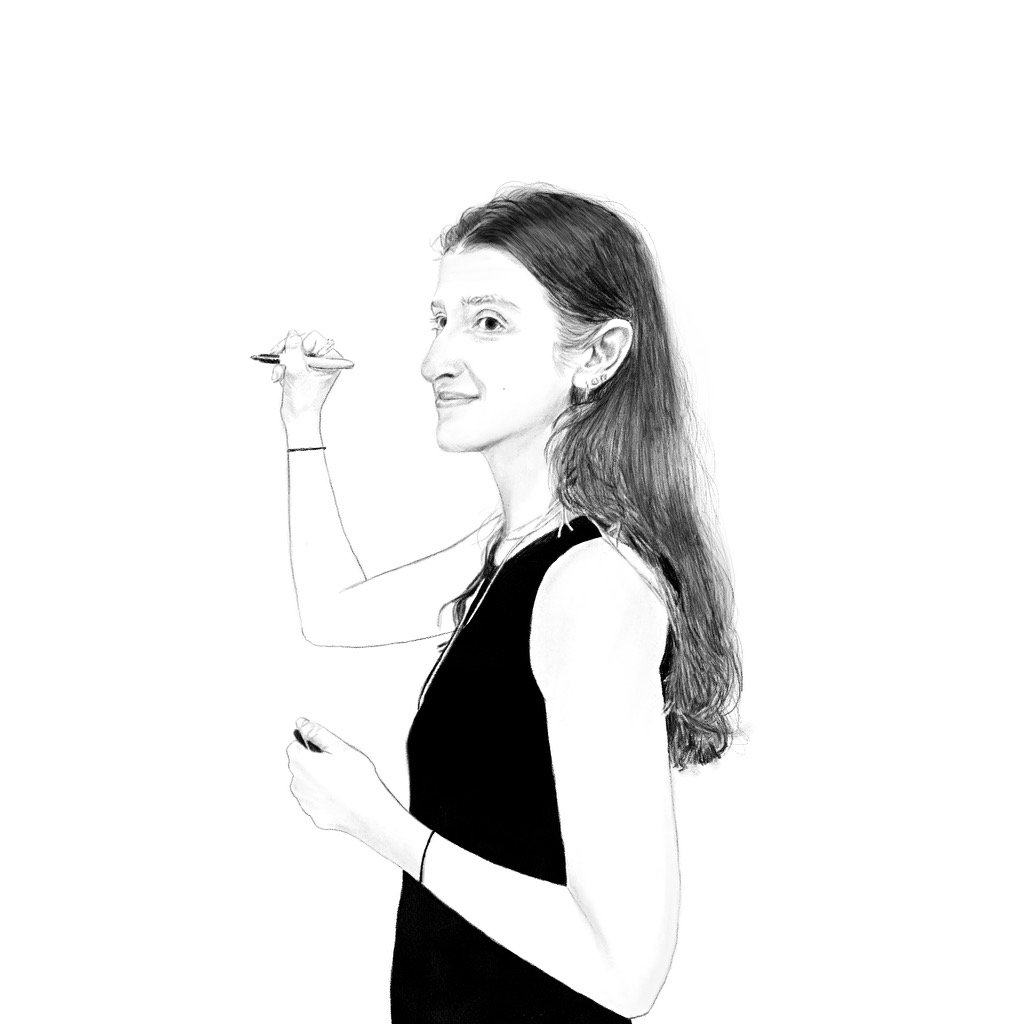
EMILY EDELMAN
“I’m deep in the world of generative art and have sold collections using the thrilling constraint - how can you write an algorithm that outputs consistent beauty and consistent surprise? After graduating from RISD in Graphic Design, I spent 10 years in experiential storytelling - translating ideas into events and large fantastical spaces to entertain, educate, and inspire my clients’ guests.” - Emily Edelman
-
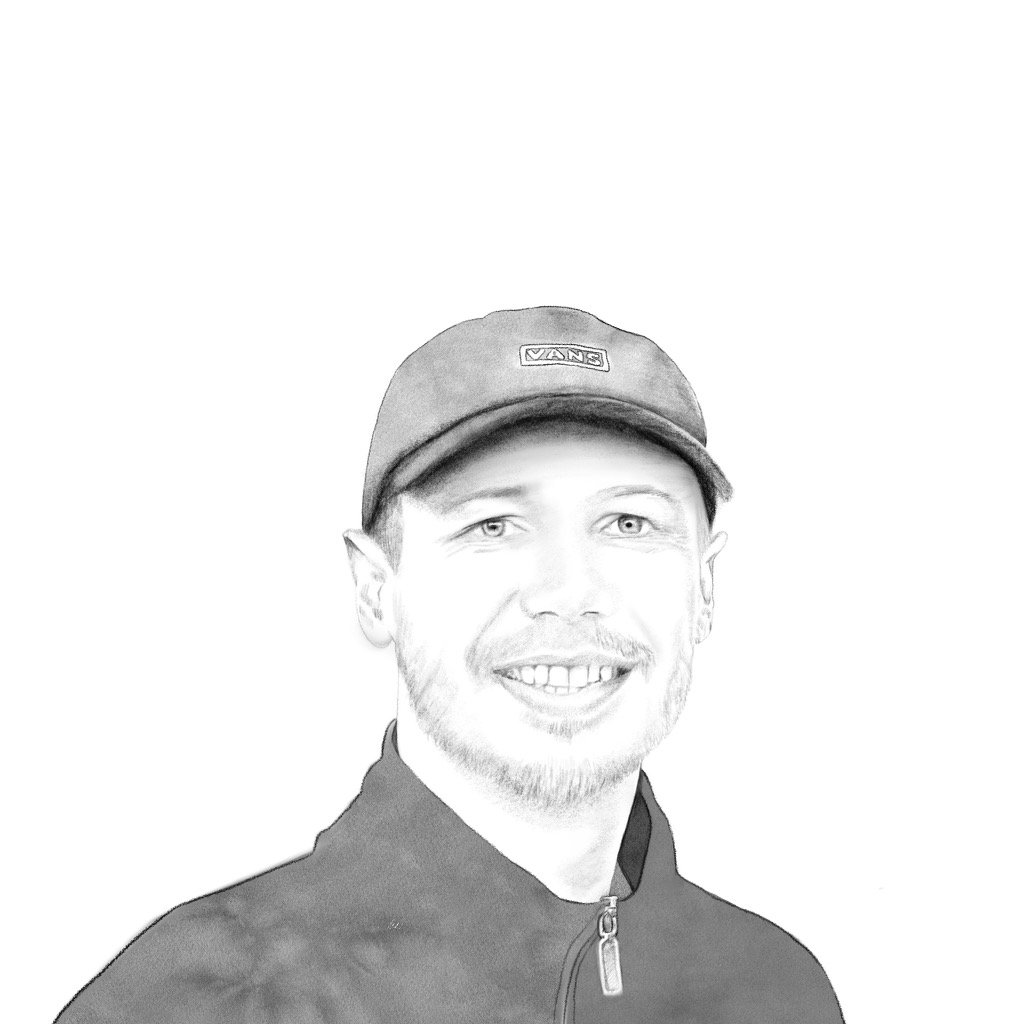
NICOLAS DANIEL
Nicolas Daniel is a French artist based in Nantes who expresses his creative vision through code. With a passion for digital artistry and a background in computer science, he explores the surprising possibilities of collaboration with machines. His work spans various mediums, including screens, prints, plotters, and projections.
-

WILLIAM WATKINS
William Watkins is a former software engineer who transitioned to generative art after years of exploring creative coding as a hobby. He enjoys experimenting with diverse algorithms and techniques, ensuring a cohesive aesthetic in his work. William focuses on depth and textures while treating subjects that are very personnal. Whether abstract or figurative, his creations are sometimes almost photographic.
-

ELIZA STRUTHERS-JOBIN
Eliza is an artist and programmer from Montreal, Canada, currently based between Paris and Barcelona. Fascinated by the influence that programming and algorithmic thinking have on the creative process, Eliza Struthers-Jobin has been creating artwork with code since 2015. Her work is experimental, mediative and rythmic, motivated by a continuous cycle of exploration and unexpected discovery.
-
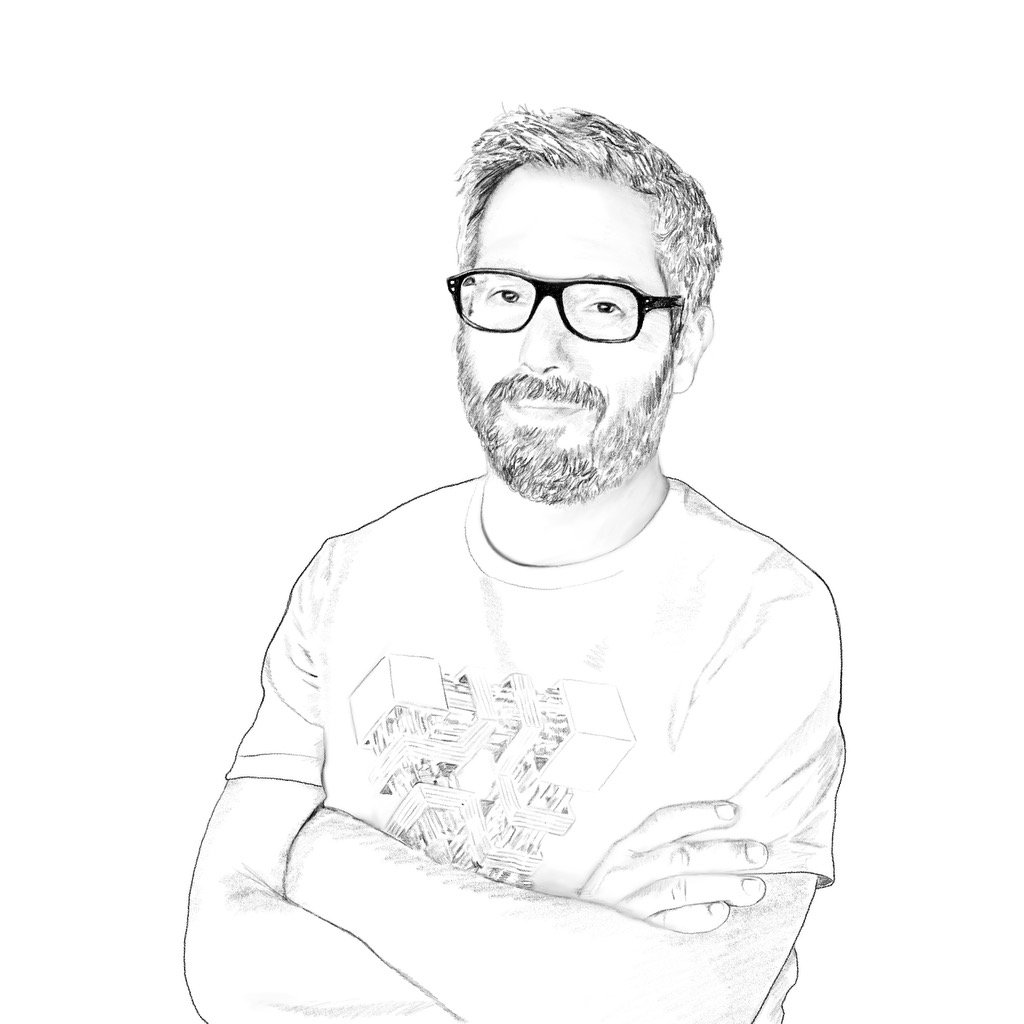
JULIEN GACHADOAT
Julien Gachadoat (v3ga) has been exploring generative drawing for many years. He grew up in the 90s amid the avant-garde demo scene, making visuals with code. Ever since, programming languages have been his creative tool. Creating unique art with algorithms, he works with the emergence of abstract form. Combining monochrome, geometric shapes, he plays with repetition, using random operations to generate an element of surprise. Julien Gachadoat uses the computer - "this unique performer" (Vera Molnar) - to develop his own creative tools based on simple graphic rules, and then to explore the formal possibilities that ensue.
-

BARET LA VIDA
Baret LaVida is an engineer, designer and generative artist based in Spain. Passionate about music, photography and astronomy, in 2021 he fell down the rabbit hole of generative art and has not been able to escape since. In his latest collection, he delves into the work of an obscure Renaissance artist who, like him, had a passion for the cosmos.
